
WOOD-EFFECT TILE TRENDS





WOOD-EFFECT TILE TRENDS



5 Once considered an innovation, wood-effect tile has evolved into a trusted choice for modern flooring and wall design. They remain a popular choice across Australian homes and commercial spaces.
12 The Gripset GAPP (Gripset Accredited Practitioner Program) is an ideal way for waterproofers to gain more work, boost credibility, and move beyond competing just on price.
14 Groundplan is a cloud based estimating and takeoff software serving all construction trades. For professional tilers, it accurately estimates materials and labour.
18 Artificial intelligence played a key role in reproducing marbles on a large scale. The collaboration between tile maker Marazzi, Reply and ACPV Architects launched during Milan Design Week.
21 After more than 40 years, Cevisama will no longer operate as an independent international exhibition for ceramic tiles and bathroom furnishings. It will move to a new date in 2026. International correspondent Joe Simpson presents his report for this year's show.
30 Travis Woods from Master Builders Queensland has many positive things to say about the ATC’s new online courses.
33 Consultant Tim Christopher from Consultile Australia discusses tile installation systems, and the importance of consistency at the planning stage.
41 If you missed any major stories in Tile Today’s e-newsletters, we provide direct links to them on the website.

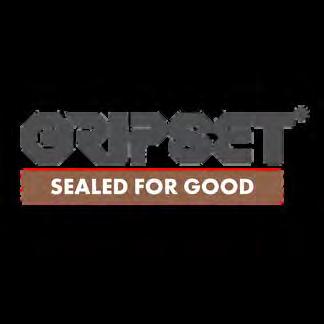
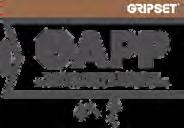
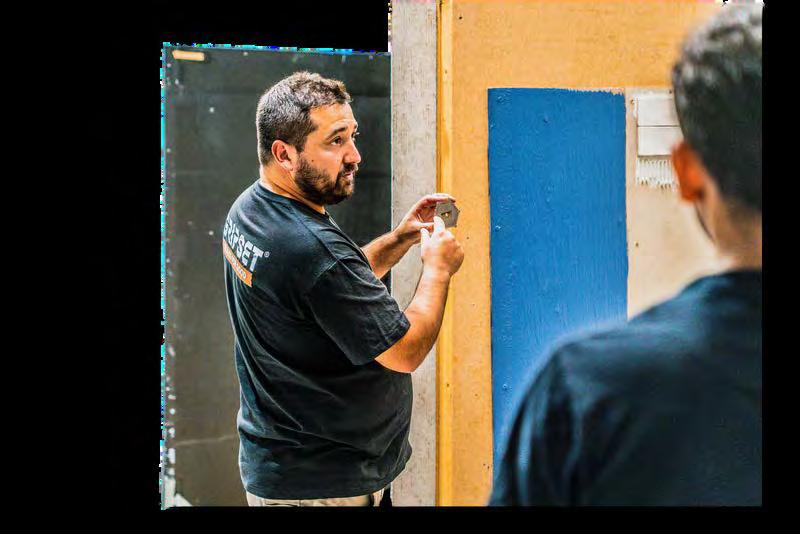
For this edition, there has been some talk about tile trends and how commoditized the information of trends is, not just in the tile industry but the wider interior/outdoor design and décor sector. You can find this information almost anywhere, on any platform, put together by experts and non-experts.
At Tile Today, we don’t offer generic trend stories. We work to provide depth and context to the patterns we see emerging within the industry or through the very knowledgeable lens of our international correspondent Joe Simpson. There’s very little he doesn’t know about tiles, and we are grateful for his ongoing contribution. He writes about Cevisama in this issue.
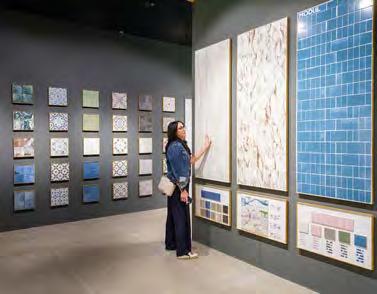
We are also paying more attention to the business of tiling. That’s where Groundplan comes in. Its cloud-based software makes estimating far more efficient and accurate so that tiling businesses can focus on growth.
Tile Today will continue to be home to technical information about tile specifying and installing. Tim Christopher from Consultile Australia writes about the complexities of installation systems.
The Australian Tile Council’s position as the main industry body is further solidified with its newly developed online courses. They have been met with praise from participants who have been highly satisfied with its content and structure. In this issue, we speak to Travis Woods from Master Builders Queensland who found it beneficial to his professional development. The courses are free to all members.
To keep up to date and not miss out on what’s happening in the tile industry, make sure you subscribe or follow us on social media.
See you when we send out the next e-newsletter,
Betty Tanddo
Spanish company WOW Design collaborated with Summumstudio to create a memorable stand for the Cersaie event in 2024. The stand allowed visitors to discover WOW’s latest tile collections through an interplay with light and shade, hidden nooks and crannies, created to lead them on a contemplative journey. The centrepiece is a large openwork tiled wall that highlights the architectural potential of ceramic tiles.

Proudly produced and distributed in Australia
ELITE PUBLISHING CO PTY LTD
ABN: 27 006 876 419
PO BOX 800, Templestowe, Victoria, Australia 3106
Ph: + 61 3 9890 0815
Fax: + 61 3 9890 0087
Email: info@elitepublishing.com.au
Website: www.tiletodaydigital.com.au www.elitepublishing.com.au
PUBLISHERS
Georgia Glimour Michelle Cammiade
EDITOR
Betty Tanddo betty.tanddo@elitepublishing.com.au
INTERNATIONAL CORRESPONDENT
Joe Simpson joe.simpson@elitepublishing.com.au
TILE TODAY WEBSITE
Scott Lewis scott@hnn.bz
GENERAL MANAGER
Georgia Gilmour Georgia.Gilmour@elitepublishing.com.au
CIRCULATION
For circulation enquiries please email: info@elitepublishing.com.au
ELITE PUBLISHING CO PTY LTD
PUBLISHERS OF: Flooring Magazine, Tile Today Magazine, and Supplier Magazine.
Leading the Industry
Endorsed by Australian Tile Council www.australiantilecouncil.com.au
ELITE PUBLISHING CO PTY LTD. All rights reserved. No part of this publication maybe reproduced, transmitted or copied in any form or by any means, electronic or mechanical including photocopying, recording, or any information storage or retrieval system, without the express prior written consent of Elite Publishing Co Pty Ltd. Viewpoints, opinions, claims, etc expressed in articles appearing in this publication are those of the authors. The Publishers accept no responsibility for the information supplied or for claims made by companies or their representatives regarding product performance, etc or for any errors, omissions, misplacement, alterations, or any subsequent changes, or for any consequences of reliance on this information or this publication.
Please note: Shade variation is an inherent feature of tile production. The Publisher is not liable for any discrepancy between images published in Tile Today and actual products.
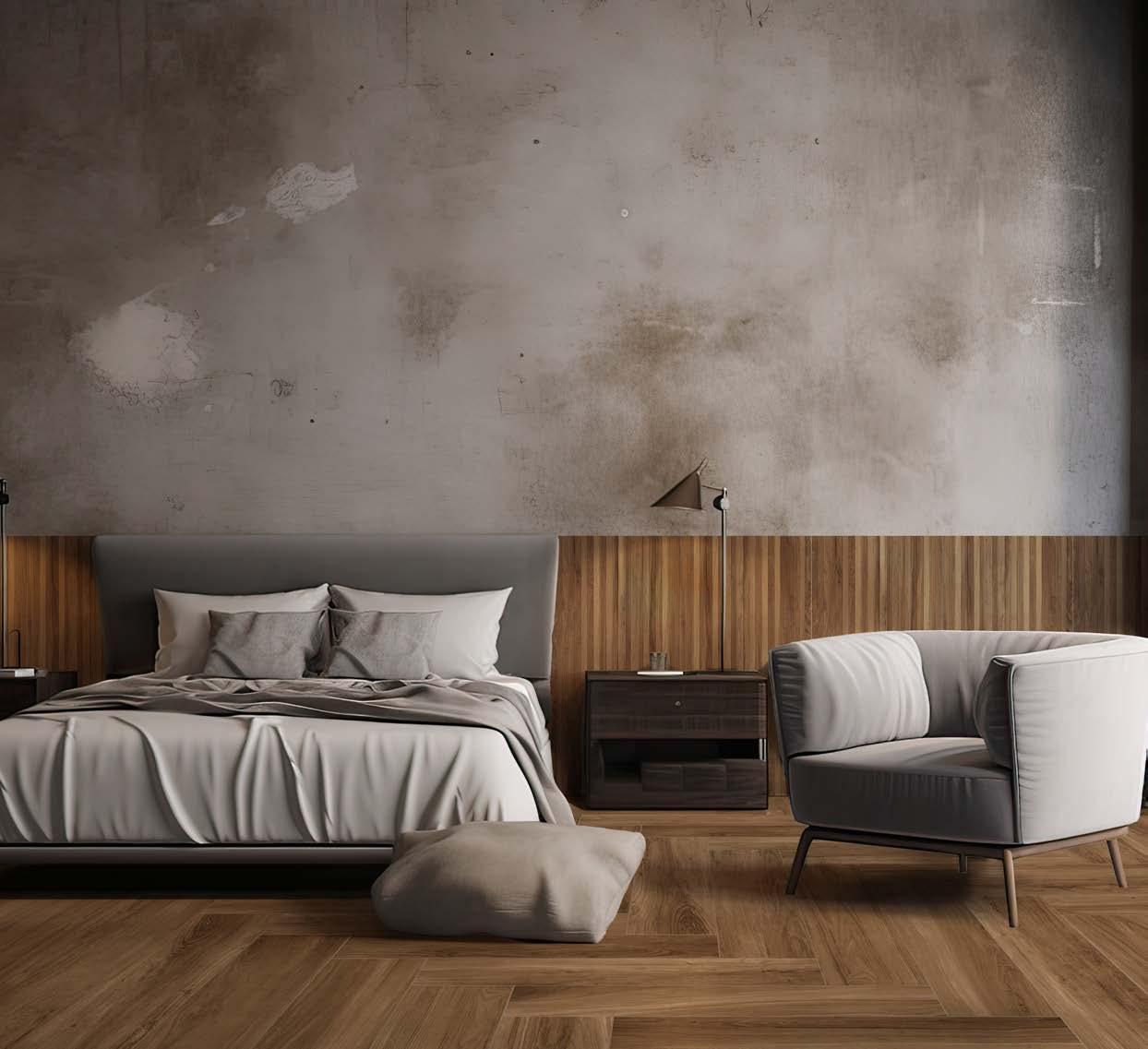
Blending the character of natural wood with the strength of advanced tile technology, wood-effect tile delivers practical advantages that stand the test of time.
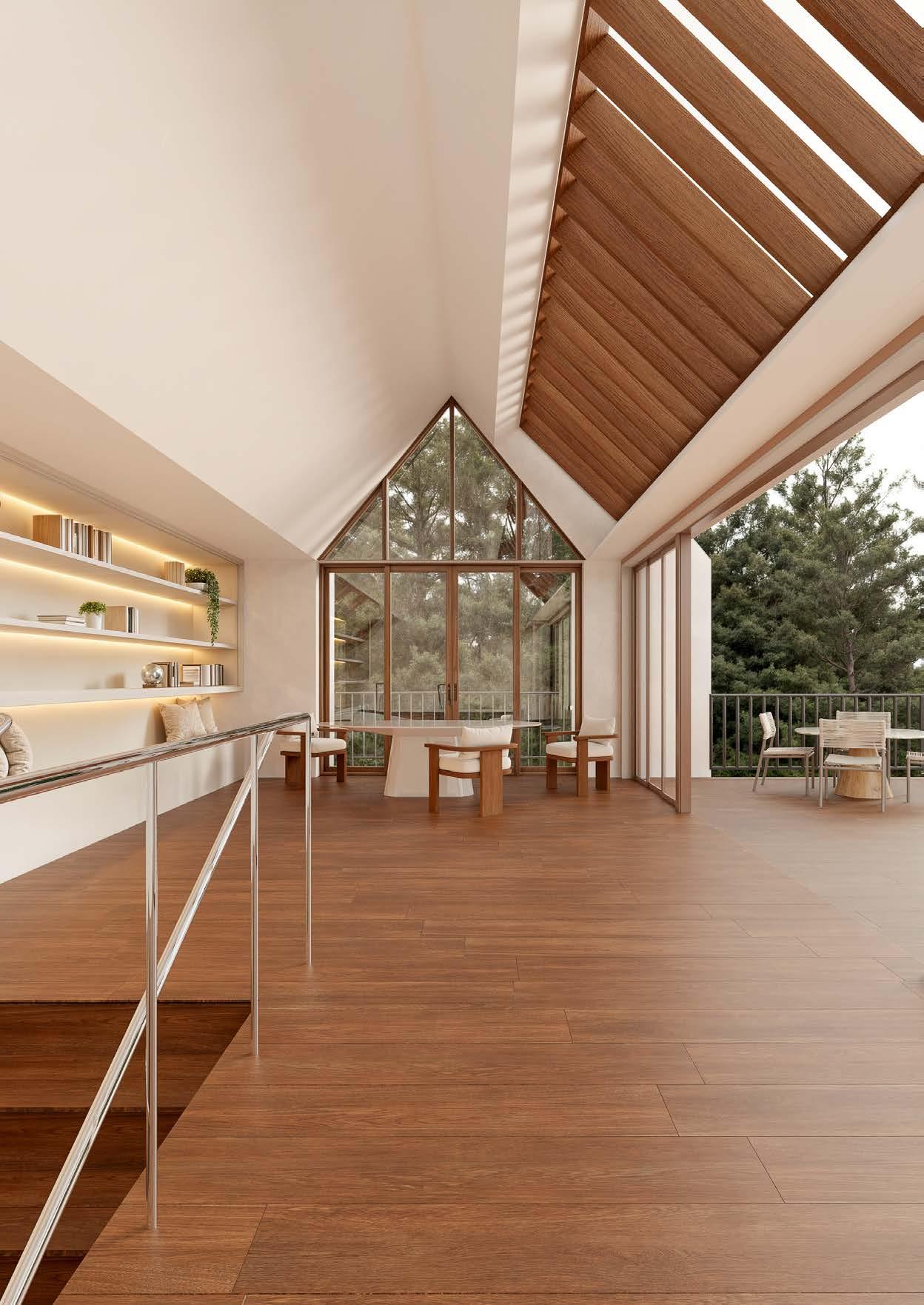
Crafted from durable materials, these tiles replicate natural wood’s intricate grain, knots, and tonal depth with remarkable precision. Over time, with advancements like inkjet printing, woodeffect tiles now deliver premium aesthetics and lasting performance, particularly in areas where natural wood often falls short. As a result, as demand continues to grow for low-maintenance surfaces, wood-effect tile remains a preferred solution among industry experts.
With trends like biophilic design, Japandi interiors, and organic modernism highlighting natural textures, wood-effect tile still feels fresh in today’s market.
Unlike traditional hardwood flooring, wood-effect tile, typically manufactured from porcelain or high-density ceramic, offers exceptional resistance to wear, moisture, and temperature fluctuations. Thanks to vitrification processes and low porosity rates, often below 0.5% in porcelain, these tiles can outperform natural wood in kitchens, bathrooms, and outdoor patios where humidity and water exposure are unavoidable risks. As a result, consumers benefit from surfaces that resist scratching, staining, and denting even under heavy use, making wood-effect tile particularly attractive for families with pets, children, or high activity levels.
Wood-effect tiles also stand out for their minimal maintenance requirements compared to real wood. They do not need refinishing, sanding, or sealing, and regular cleaning with a pH-neutral cleaner is sufficient to preserve their appearance. Furthermore, because they are fired at extremely high temperatures, porcelain wood-effect tiles exhibit exceptional thermal stability, making them compatible with radiant heating systems. This structural integrity, paired with straightforward upkeep, gives you a resilient flooring solution that retains its beauty for decades.
In addition to outstanding performance, wood-effect tile also offers design flexibility, accommodating a
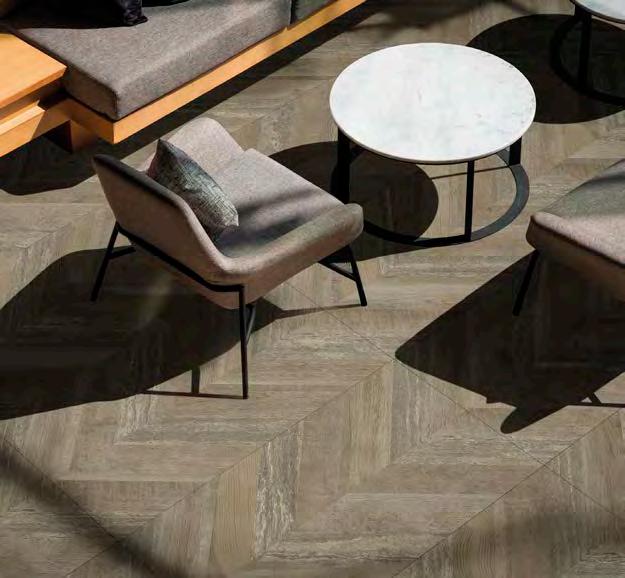
wide range of interior and exterior design styles. As a result of innovations such as advanced inkjet printing, manufacturers can now replicate a variety of wood species, including white oak, walnut, maple, and even reclaimed barnwood, with realistic grain patterns, knots, and color gradations. Additionally, some collections feature wire-brushed or hand-scraped textures to emulate the tactile richness of natural hardwood.
The versatility does not stop at material replication. With options ranging from traditional plank sizes to contemporary wide planks and herringbone patterns, wood-effect tile allows for sophisticated, custom installations that suit both rustic and modern spaces. Colour palettes have also expanded to meet evolving tastes, offering neutral tones, warm earth shades, and weathered greys that ensure compatibility with interior styles like Scandinavian minimalism, industrial chic, and organic modernism. Moreover, because porcelain and ceramic tiles are inherently UV-resistant, woodeffect tile maintains its colour integrity in sun-drenched indoor spaces or outdoor environments, further expanding its design potential.
Wood look tile hasn’t always enjoyed the widespread appeal it has these days, but its journey from imitation to innovation is what makes it so compelling. By looking at how far it’s come, we can better understand why it continues to evolve with design demands and material breakthroughs.
When wood-effect tile first entered the market in the late 20th century, it was a promising but imperfect substitute for authentic hardwood. Early iterations primarily used rotary screen-printing techniques, which offered only limited colour ranges and often produced repetitive, low-resolution patterns that lacked the depth and nuance of real wood grain. Moreover, tiles were typically manufactured in smaller, standardised sizes, such as 6x24 inches, and often exhibited a glossy finish that further diminished the authentic, tactile appeal many industry experts sought.
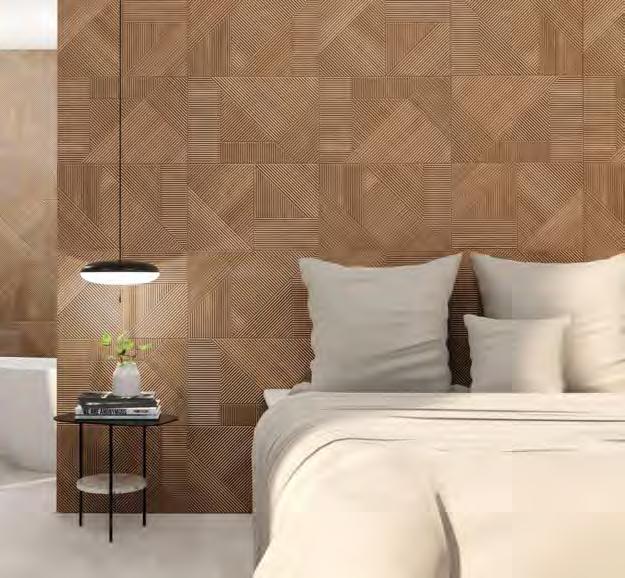
In addition to these visual shortcomings, early woodeffect tiles often fell short in terms of surface texture. Without techniques like textured glazing or threedimensional relief printing, these products presented flat, unrealistic surfaces that were visually disconnected from the warmth and organic feel of real wood. Consequently, their applications were largely restricted to utilitarian spaces where aesthetics were a secondary concern. As a result, while the concept attracted initial interest for its durability, wood-effect tile initially struggled to gain widespread traction among industry experts.
But the turning point for wood-effect tile came with the advent of high-definition inkjet printing and digital glazing technologies in the early 2000s. These innovations allowed manufacturers to create hyperrealistic wood visuals with varied plank patterns, colour veining, and natural knotting effects, greatly reducing the repetition of designs across tiles. By layering multiple passes of ink and glaze, companies achieved greater depth, subtle shadowing, and intricate detailing that more accurately mimicked real wood.
At the same time, surface texture technology has advanced significantly. The introduction of synchronized texture (EIR or Embossed in Register) techniques enabled tiles to not only look like wood but also feel like wood by aligning surface relief patterns directly with the printed design. Additionally, finishes such as matte, satin, and lightly brushed textures replaced the previously standard gloss, delivering a more authentic tactile experience. These developments made wood-effect tile an increasingly viable option for high-end residential interiors, hospitality projects, and commercial spaces where visual authenticity was paramount.
Complementing these improvements, advancements in rectified edge technology allowed for thinner grout
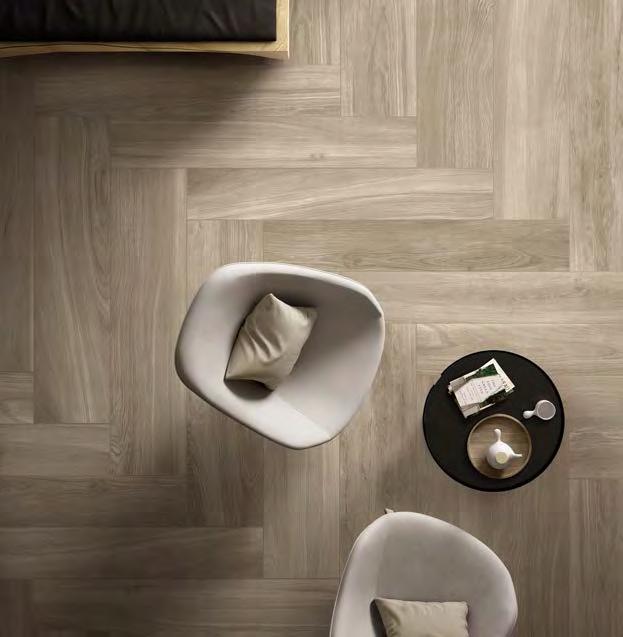
lines, enhancing the seamless, continuous appearance that designers often associate with genuine hardwood installations. Altogether, the ability to install tiles with minimal joints further elevated the realism of wood-effect tile, positioning it as a premium design choice rather than a budget compromise.
Equally important, even the most technically advanced, beautifully designed wood look tile can fall short if the installation is poorly executed. Installation quality is a critical factor that directly influences the perceived authenticity and overall success of a wood look tile project. Key elements such as tile layout planning, grout line width, pattern variation, and lippage control significantly affect the finished appearance.
Building on these innovations, wood-effect tile trends now reflect broader design movements that favour natural materials, organic textures, and large-format layouts. One of the most prominent shifts is toward wider and longer planks that more closely mirror the proportions of authentic hardwood flooring. These oversized formats enhance the visual flow of a space, reduce the number of grout joints, and contribute to a more expansive, luxurious feel.
Alongside changes in size, contemporary colour palettes have also evolved. While early wood-effect tiles leaned heavily on mid-tone browns and reddish hues, current preferences favour cool neutrals, weathered greys, taupe-infused beiges, and even whitewashed finishes. These tones align with popular styles like Scandinavian minimalism, coastal casual, and rustic modern, offering a fresh and versatile foundation for a wide variety of interior aesthetics. n
Source: Edward Martin, US-based brand that elevates tiles, home improvement, and interior design through technology
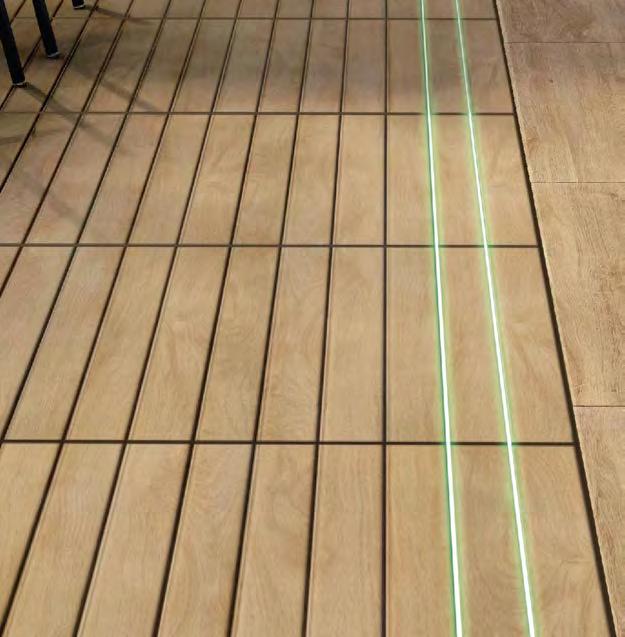
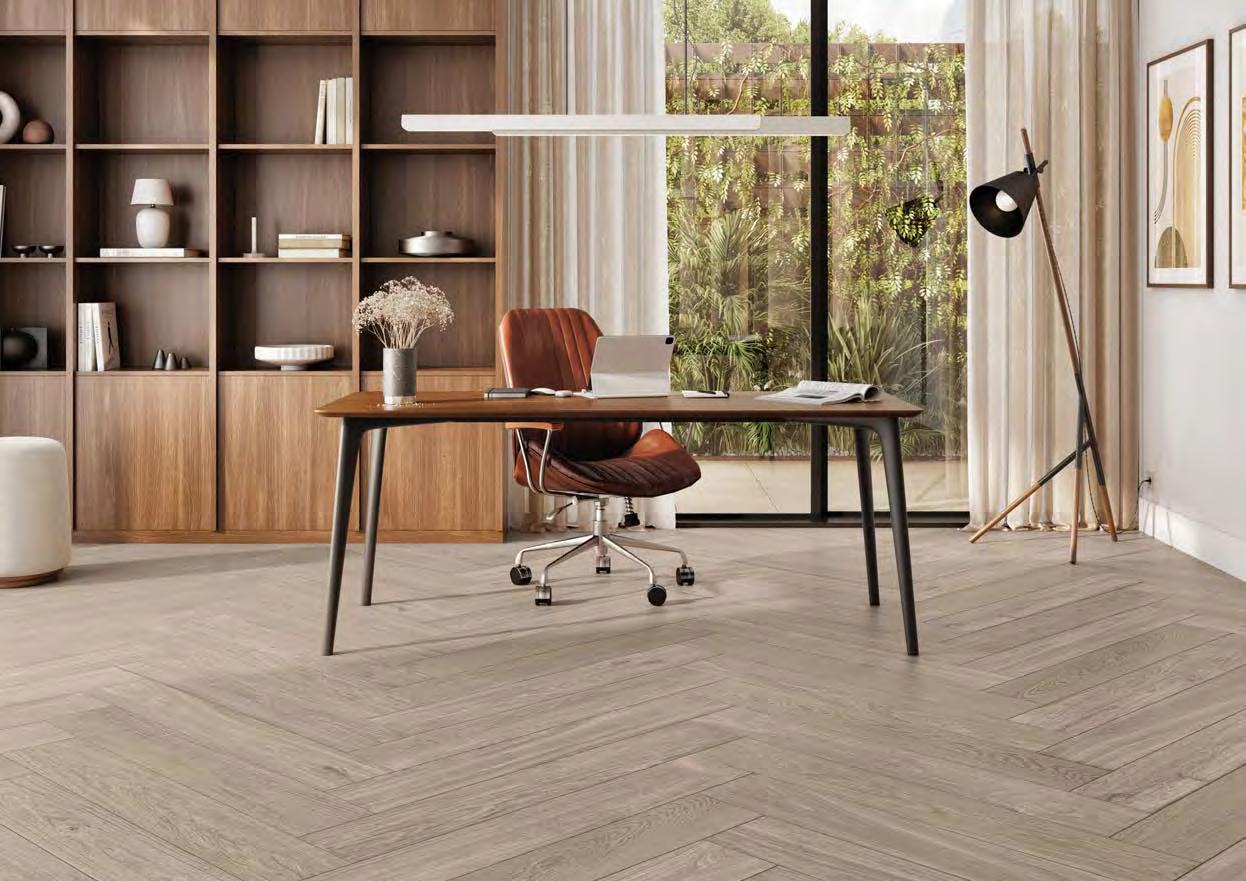
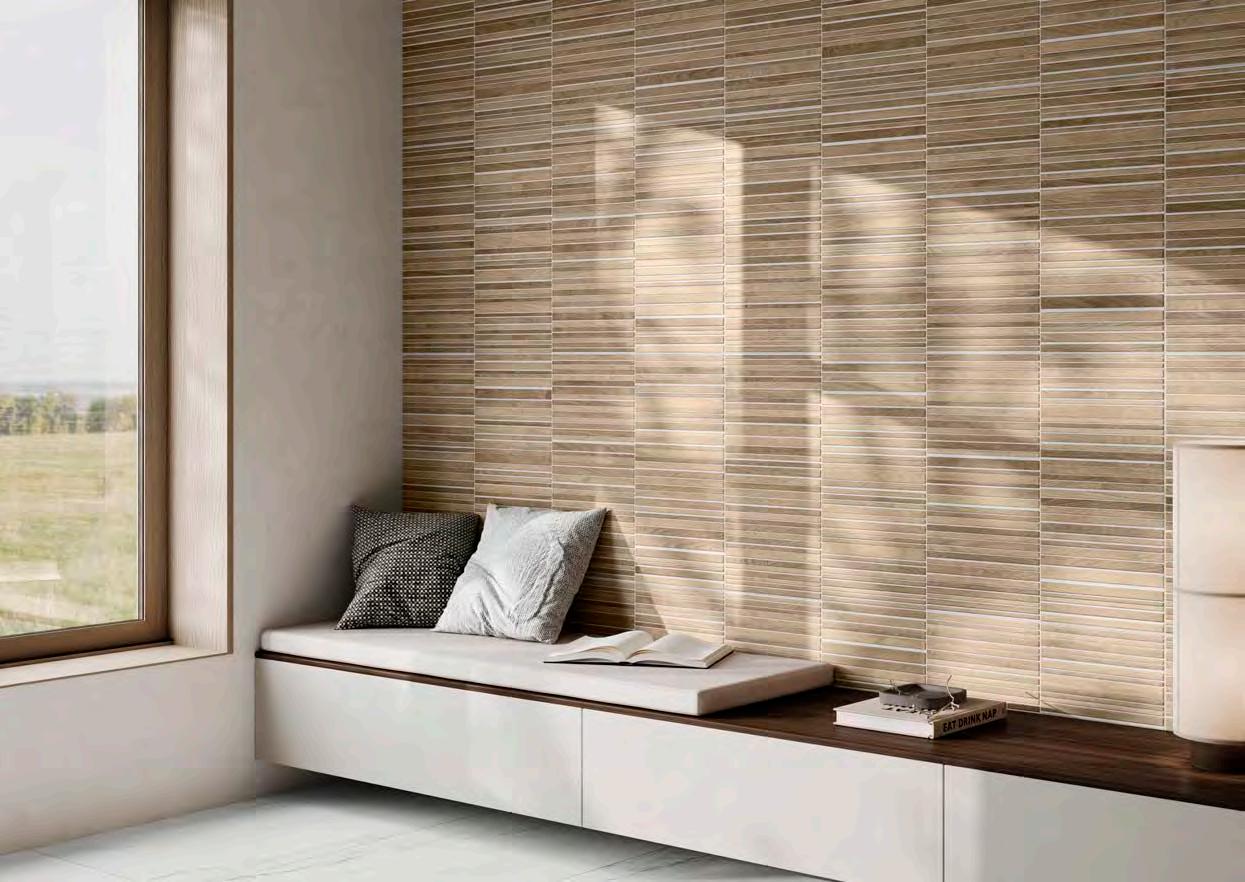
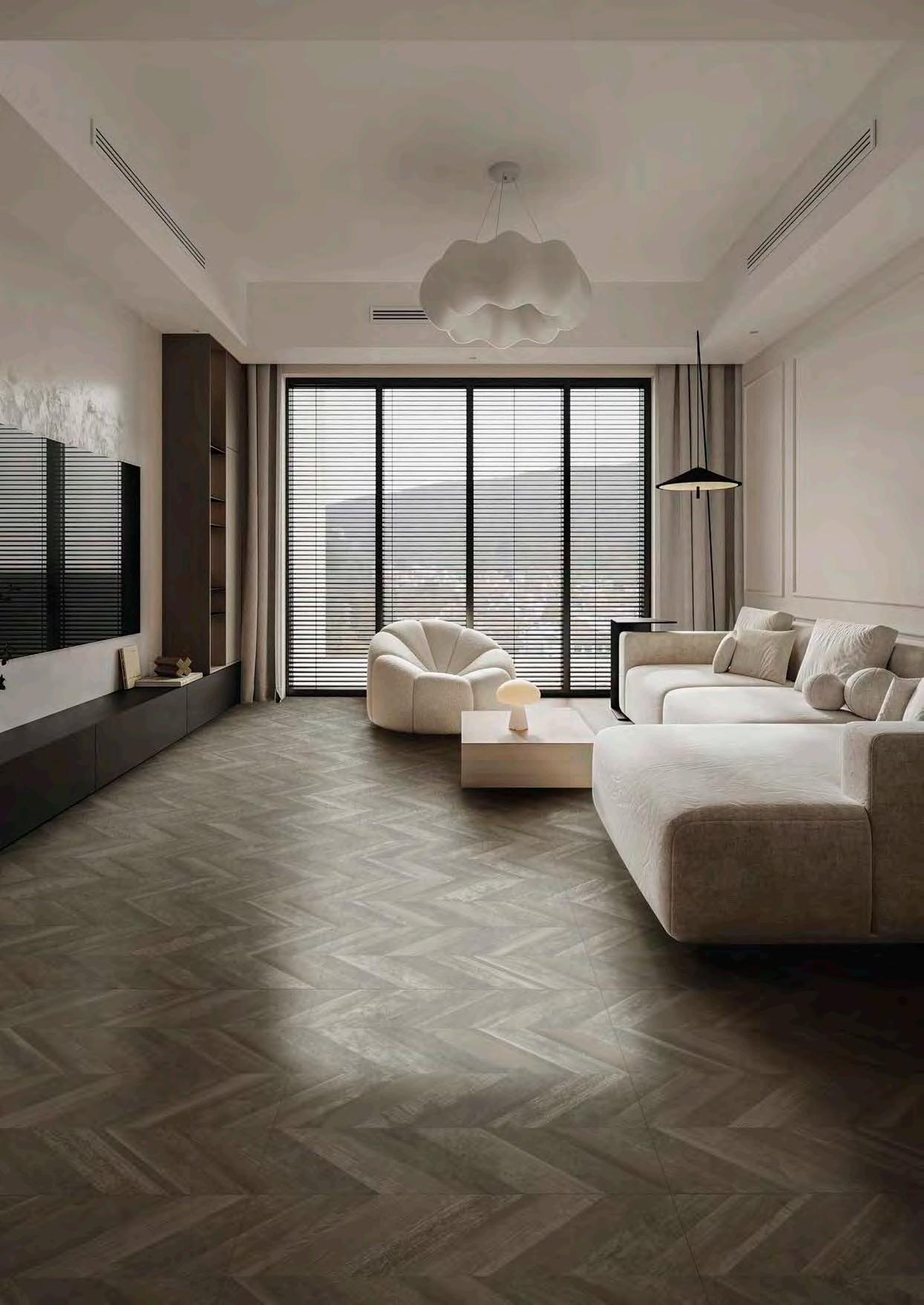

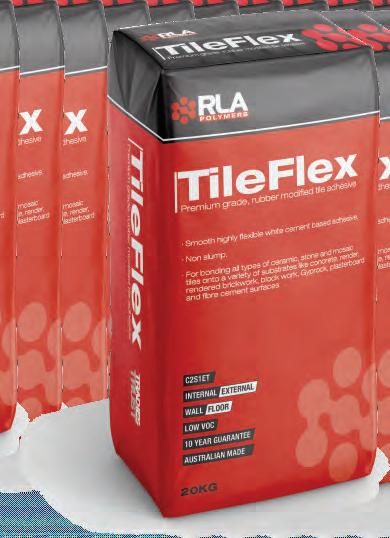
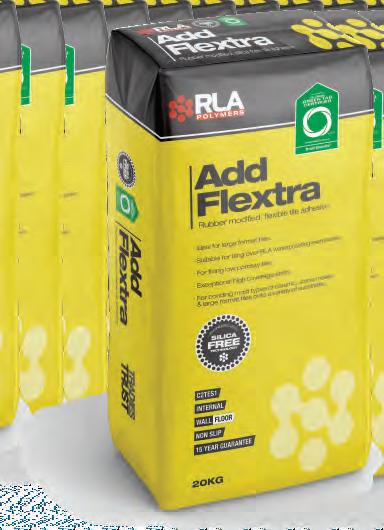

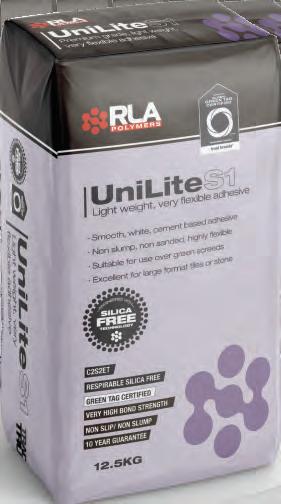

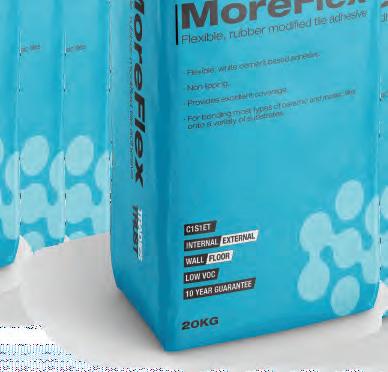

If you’re a waterproofer looking to gain more work, boost your credibility, and move beyond competing just on price, the Gripset GAPP (Gripset Accredited Practitioner Program) is your next smart move
Many waterproofers in Australia find themselves stuck. They get steady jobs, but they know they could be doing more. The problem? Standing out. Competing in today’s market isn’t just about offering the lowest quote, it’s about proving to clients that you’re the best-qualified professional for the job. That’s exactly where GAPP comes in.
By completing the GAPP course, you don’t just earn a nationally recognized accreditation — you immediately open up the possibilities to gain more clients through Gripset’s exclusive “Find a GAPP Applicator” online directory. This directory is where builders, homeowners, and commercial clients search when they want certified, reliable waterproofers who meet product warranty and compliance standards.
Take the example of Grant Dziurek, a GAPP graduate from last year. Since completing the course, Grant has picked up multiple new clients, all of whom found him directly through the Find a GAPP Applicator section on the Gripset website.
But GAPP offers more than just marketing exposure. Completing the program earns you 6 CPD (Continued Professional Development) points, strengthening your professional credentials and showing clients that you’re committed to staying at the top of your game. You’ll also sharpen your technical knowledge, learning the latest in surface preparation, product systems, compliance requirements, and correct application techniques — all of which reduce costly callbacks and improve your reputation for delivering top-tier work. Another key advantage to completing GAPP? Risk reduction. GAPPaccredited practitioners are trained to work in line with Gripset’s warrantybacked systems, ensuring that your projects meet the highest performance standards. This protects not only the client’s investment but also your own
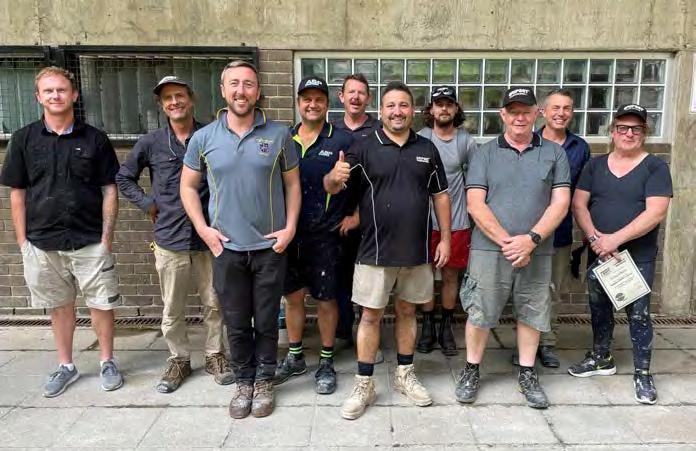
business reputation. When something goes wrong on a waterproofing job, the costs can be huge, but with the right training you dramatically lower the risk of product failure or installation errors.
For waterproofers wanting to scale up, GAPP is a clear path forward. You’ll no longer need to rely solely on undercutting competitors or waiting for word of mouth to trickle in. With GAPP, you position yourself in front of motivated clients who are actively searching for accredited experts.

Plus, you become part of a growing network of professionals supported by one of Australia’s most respected waterproofing brands. n
For a limited time, Tile Today readers can access an exclusive 20% discount on the GAPP course — that’s $218 off the regular price! But hurry, this offer expires on the 31st of July.
The next course dates are now live, and spots are limited, so there’s no better time to take the step toward building a stronger, more profitable business.
Ready to grow?
Sign up online at the following link or call Gripset on 1800 242 931 to secure your discounted place.
https://gripset-gapp.myshopify.com/
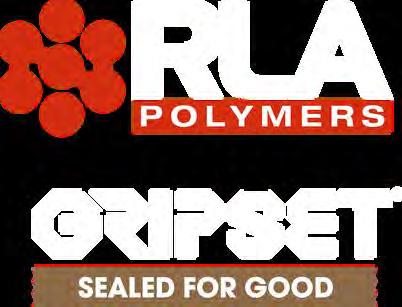


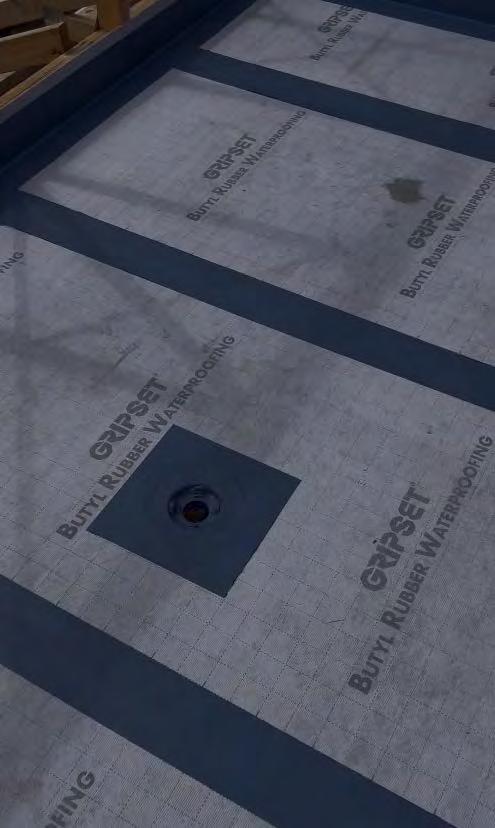
is cloud-based software that makes estimating easy and accurate
Most tender documents that you work with as a tiler will not provide even basic information, such as the measurement of the area that needs to be tiled. Instead, what you're going to get are floor plans, marked up to show the area that needs to be tiled, and elevations that show the walls (and window cut-outs, etc.) that need to be tiled as well.
The most the tiler can hope for is that the scale of the diagrams is accurate and constant.
What's frustrating about this is that if those plans were produced with industry-standard architectural software such as Autocad, working out the floor areas (and deriving the wall areas) is usually a matter of a few mouse clicks.
following link: https://www.pekajgroup.com.au/blog/how-toprofessionally-perform-a-tile-take-off-a-comprehensiveguide-for-builders-and-tiling-companies

However, it's easy when handling a bunch of floor plans and elevations to get something wrong if you are forced to do the job manually.
One suspects that at the bottom of why such non-digital information is supplied as tender documents is a certain degree of "passing the buck". If the tender documents included a nice spreadsheet with an accurate estimate of tiling areas, then that would be the responsibility of the builder involved. By making tilers work it out for themselves, the responsibility for accuracy gets passed along.
There are some good, comprehensive guides to how to do the best "takeoff" for tiling. As an example, see the one at the
Fortunately, there are software developers out there making products that can make the measuring of the plans accurate and easy to reproduce. One of the major Australian-made companies in this area is Groundplan. Groundplan has worked hard to produce software that is easy to use, and that provides accurate measurements and estimates for a range of trades, including tilers.
Groundplan has been around for over a dozen years, founded in 2013 by Rex Redden, Nathan Muir, and Frederico Carvalho. With a background in software development for the trade industry, each of the founders was well positioned to identify a gap in the market for a flexible, well-designed takeoff software solution.
Since its start, Groundplan has grown to a team of over 20 people, based across Australia and New Zealand. The
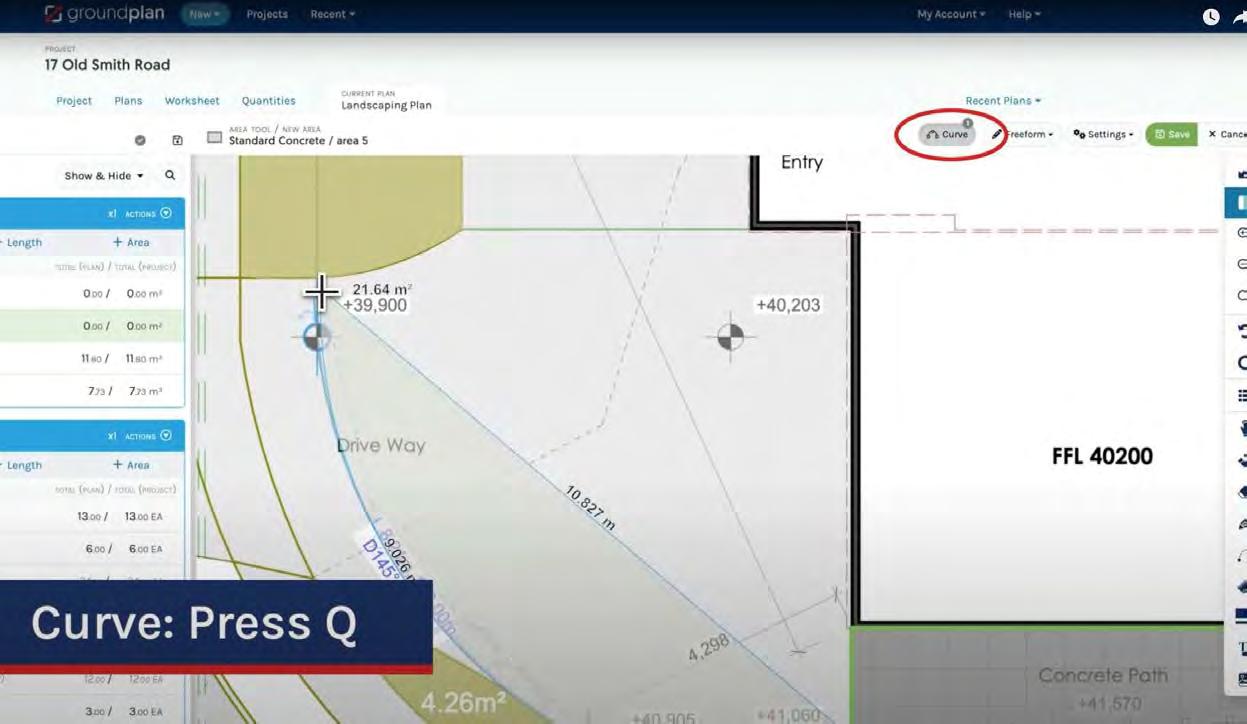
platform helps businesses of all sizes accurately measure, count, and cost their work directly from digital plans, saving time and increasing accuracy.
Importantly, despite being a software provider, Groundplan believes in human connections. Brad Halcrow, head of digital marketing for the company, explains that this extends to tradies giving the software a trial, and to support to onboard new customers.
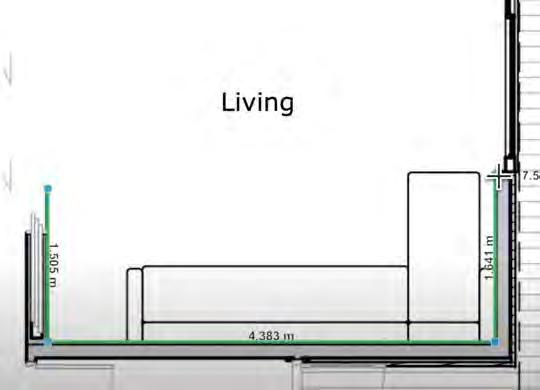
“Our Trade Experts provide a free demo to trialists. New customers receive an hour of free training. Our award-winning support team is available via phone, email, and in-app chat.”
Getting started with Groundplan is just a matter of dragging and dropping the supplied PDFs into the software. The main tool they will use is the Area tool. For an overview of how this works, you can view this very useful, short (2-minute) YouTube video. (Click on the link to view.)
https://youtu.be/6549LiM3rTM?si=PxH4Qj5pFJjDy0q9&t=1
As the video indicates, it's simple to use and very comprehensive. All you do is click on points, and the area gets defined. This includes curves, where you can fit the line to the curve as you click, or cling the line in place, and then curve it to fit the plan. The area cut-out tool makes it easy to exclude areas as you go. Groundplan can display areas for individual segments of the plans, and/ or a grand total as well.
Groundplan also includes comprehensive tools for measuring wall areas. An introduction to this is provided on this YouTube video. (Click on the link to view.)
https://youtu.be/uwAMv26xj6c?si=pVNFwjSAXYeFy1Kl
Once you have used Groundplan to define the areas, that data can be exported as a spreadsheet. As Brad explains:
“The great thing is, instead of doing it manually, with each click and drag Groundplan is actually creating a list of line items for them. You've set the scale so your areas are correct, and your lengths are correct. Once they've calculated their lengths and their areas, they then go to the worksheet tab in Groundplan.”
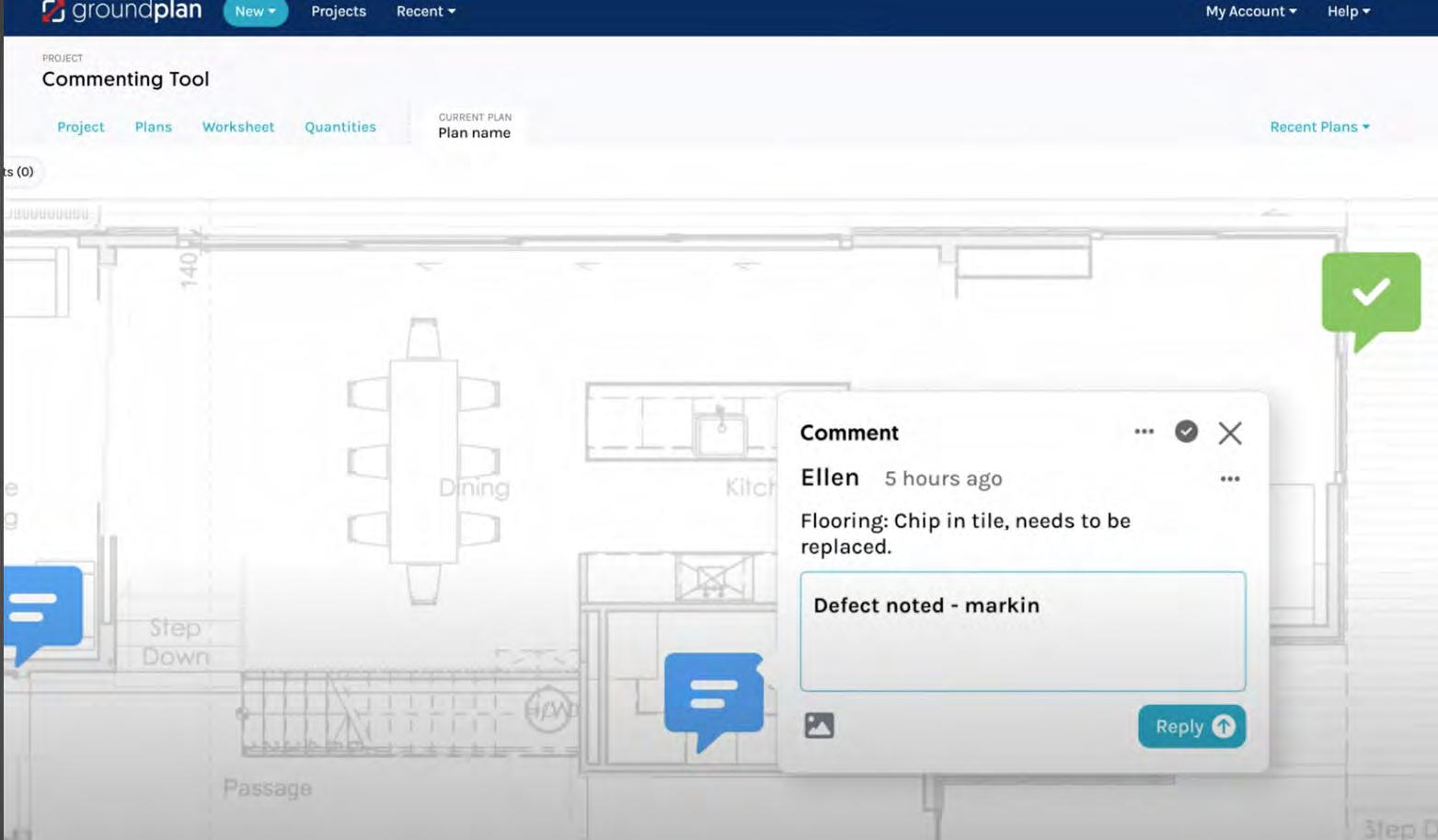

All that is great, but Groundplan goes one step further by offering integration with other software, including the popular accounting package Xero (https://www.xero.com/au/) and field services management software Simpro (https://www.simprogroup.com).
As Brad explains:
“What some people will do is simply use Groundplan for a takeoff, to simply calculate square metreage for example. Then they might put that into their existing spreadsheet”.
“Or quite often what they'll do is have it integrated with something like Xero, or you may have heard of Simpro or any of those other job management programs.”
These programs will usually produce materials and labour costs, and other costs related to the project. Once it's integrated or plugged in, then — Brad uses Simpro as an example — users can look up a Simpro catalogue from within Groundplan. Brad explains how a tiler would use it.
“You say to yourself, I'm going to go and measure all my tiles. I'm going to create a new measurement, and my Simpro catalogue pops up within Groundplan. I'm going to add those for measurement. Now, when I'm adding 20 square metres of those tiles, it already knows all the costs and all the associated measurements because it's already in Simpro.
“It's like Groundplan is creating the spreadsheet for them and creating the line items for them.”
In addition to Simpro, it can also integrate with Fergus and AroloFlo (quoting, scheduling and invoicing). For more information on software integrations, go to the following link.
https://groundplan.com/integrations
You can also watch the Fergus Integration video to better understand. See here at the link. (Click on the link to view.)
https://groundplan.com/integrations/fergus
Groundplan works across many trades, including plumbing and electrical. Brad points out that Groundplan is quite a contrast to older ways of doing the same work:
"In the old days [for electricians], they would send plans down to the printers to do an A1 size printout, put it up on their big architect's table and grab a highlighter and say as an example, for all the power points, I'm going to make them yellow”.
“And then they'll say I'm going to do orange for all the data points. I'll do blue for all the light switches. Then I'm going to grab another colour and I'm going to estimate, and you have another colour for the downlights. Then I'm going to estimate how much cabling I'm going to need because I'm going to need to run some cable across the ceiling to all these downlights and fans. Then I'm going to need to allow for a drop, which is the cable running from the ceiling down the wall to the power point, et cetera”.
“They use a highlighter all over these massive plans. Basically, they've already wasted half a day and a bit of money to send it to the printers, pick up the plans and bring them back to put them up on the architect’s table.”
One advantage of using software such as Groundplan is that it makes it much easier to price up quotes for work, which means individual tilers can better market their business. Groundplan really is an onramp to the digital future, making tender documents more manageable, and reducing the time that business marketing takes up. n


The integration of generative algorithms has made it possible to create patterns that combine the organic appearance of the natural world with the precision of a digital one
“Reply, Marazzi and ACPV
A new AI generation marble" is a collaboration between Reply, Marazzi and ACPV Architects that premiered during Milan Design Week earlier this year.
The project, which began in 2023, is an interdisciplinary experimentation that turned into a special production of generated marble and large stoneware slabs for spaces configured for Reply's new headquarters in Turin, Italy. It was designed by Reply and ACPV Architects.
Reply describes itself as a decentralised network of specialised companies with locations in North America, Europe and Asia. It works in digital services, technology and consulting. Tatiana Rizzante, CEO of Reply, said:
“We aimed to integrate innovation technology, creativity and interdisciplinary research, in line with Reply's mission: to apply digital skills and artificial intelligence to transform and innovate established processes.
“The synergy between our team with those of Marazzi and ACPV Architects has made possible the creation of new ceramic surfaces that reinterpret natural marbles.”
Patricia Viel, CEO and cofounder of ACPV Architects, sees the project in the following way: "This project is an example of how artificial intelligence, nurtured and guided by the architectural vision, can amplify human creativity and redefine production processes. The ceramic surfaces resulting from this collaboration are not simply coverings, but unprecedented marbles, where technology and design sensibility come together."
One of the main challenges faced by Machine Learning Reply, a Reply Group company that developed the AI for this project, and ACPV Architects was to reproduce marbles on a large scale, without creating an “optical hallucination effect”. The marbles also had to be applicable on large architectural surfaces, up to 3.2 metres in height.
Paolo Mazza, partner at ACPV
Architects, led the project. He said, "The innovation is also in the method. We used advanced generative AI models, combining denoising and super-resolution
algorithms with architectural expertise to create large-scale ceramic surfaces capable of evoking natural aesthetic quality without affecting the geological heritage…"
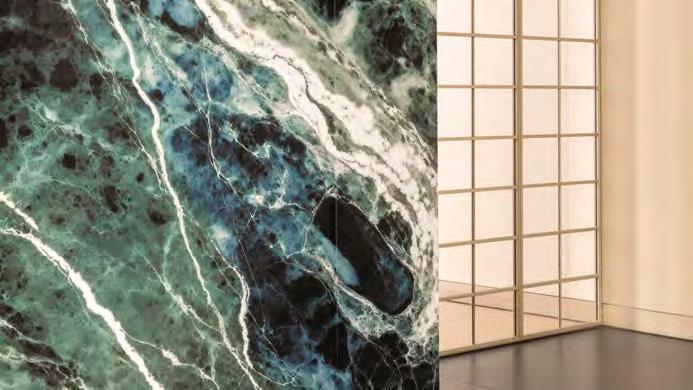
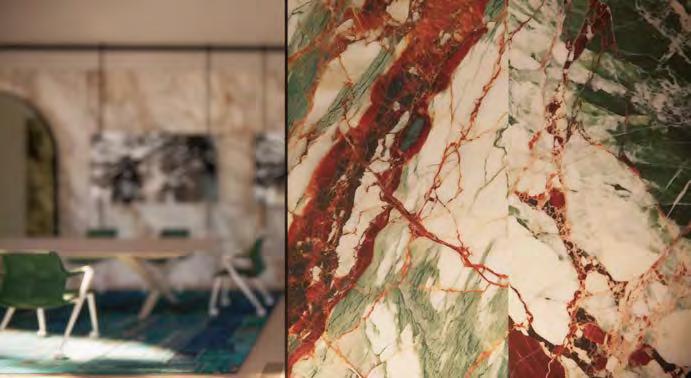

The adoption of these "generated marbles" opens up new creative possibilities and allows for the optimisation of key steps in the production process, such as material procurement and logistics. US-owned Italian tile maker Marazzi applies these algorithms to develop high-performance surfaces, integrating the technology into more efficient and sustainable production. Mauro Vandini, Marazzi CEO and president of Mohawk Global Ceramic, explains:
"Our mission has always been to innovate and improve production processes while maintaining a strong commitment to sustainability. This project demonstrates how generative AI can transform ceramic design, creating surfaces that not only respect the environment, but also elevate the aesthetic and functional standards of the industry.”
The application of these
demonstrating how design aesthetics and cutting-edge technology can complement each other in a synergistic way.
Generative AI is able to expand the creative potential of design beyond traditional limits and paves the way for more solutions, enhancing Made in Italy craftsmanship and environmental protection.
As a network of companies, Reply supports major European industrial groups in developing business models enabled by AI, cloud computing, digital media and the internet of things.
Marazzi is now present in more than 140 countries and is recognised for its high-quality ceramics for floors and walls. It has long been an aspirational symbol of Made in Italy in the furniture and design sector. The company states that all Marazzi ceramic
production cycles, certified to the strictest international standards. Marazzi was founded in 1935 in the Sassuolo (Modena) district, an internationally renowned region for ceramic tile production. It sees itself as a leading company, responsible for the main technological, process and design innovations that has helped make Sassuolo a reference point for the ceramic world.
Marazzi Group is part of Mohawk Industries, Inc. the world's largest manufacturer in the flooring industry, and a multinational group listed on the New York Stock Exchange.
Italy-based ACPV Architects is an global collective founded in 2000 by Antonio Citterio and Patricia Viel (ACPV). The studio has over 200 professionals and 13 partners. They work on an expansive portfolio of projects, from urban planning to residential and mixed-use developments, corporate campuses
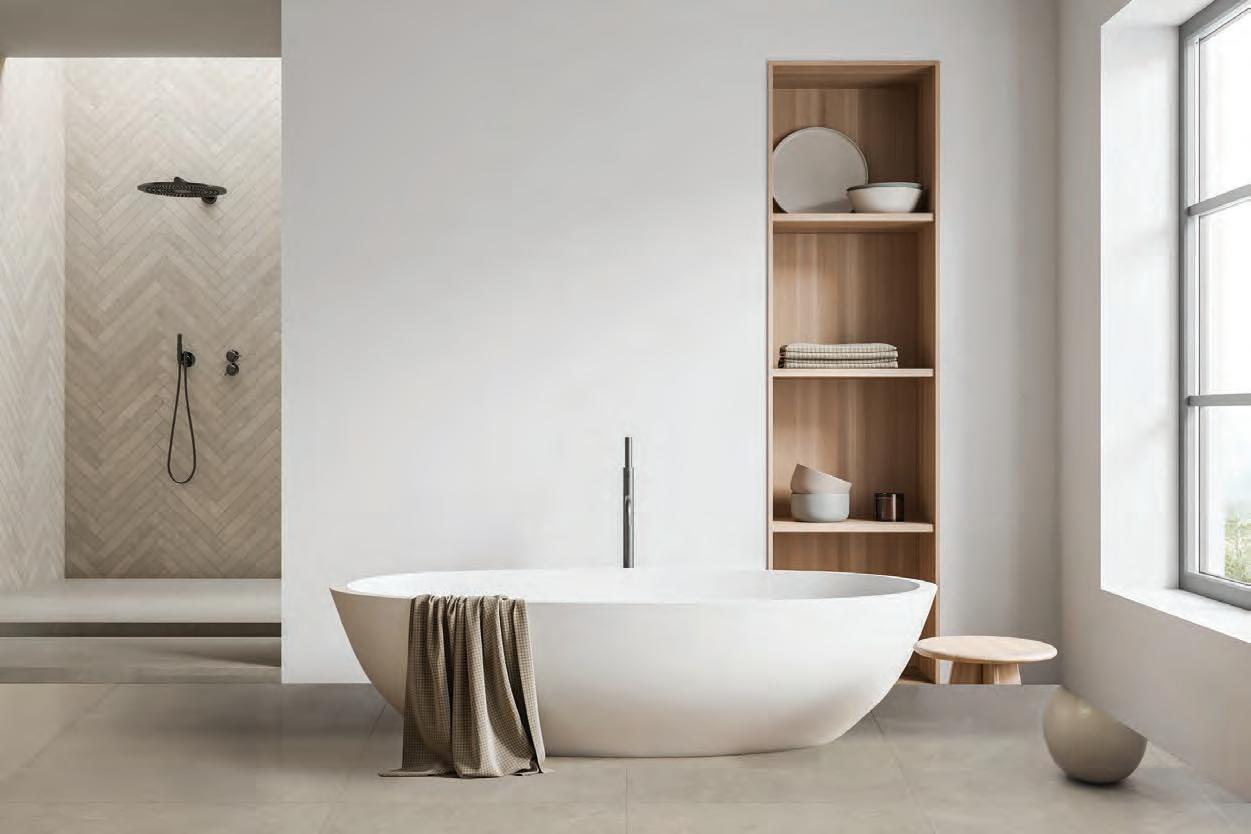
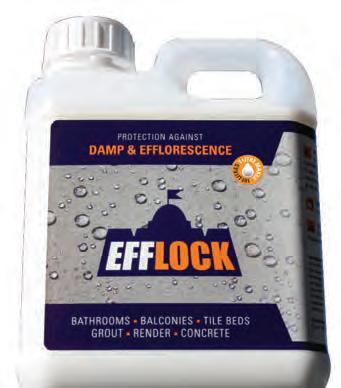
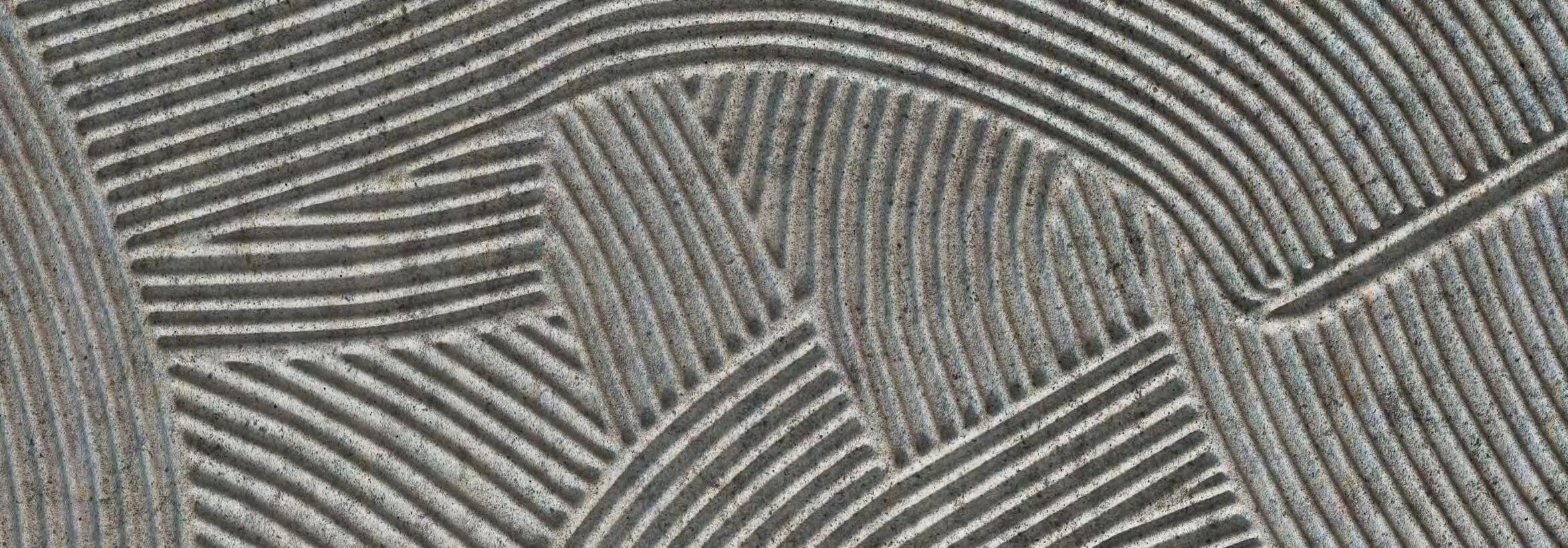
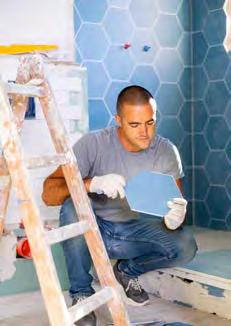

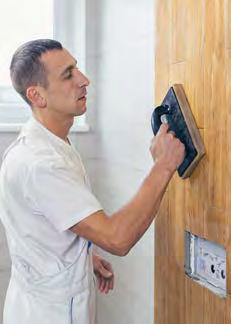
TILE TODAY Buying Guides (TTBG) are designed to make it easy to find the perfect product to match your needs. The main categories are Adhesives, Waterproofing and Grouts & Sealants.
Each product is listed under each of its uses on the index pages. Each listing has a click-button which brings up a longer product description. One click returns you to your original place in the index.





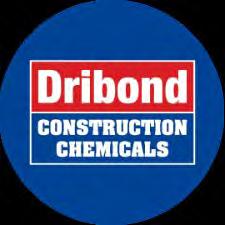

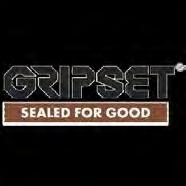
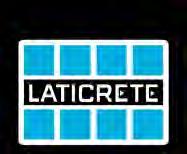


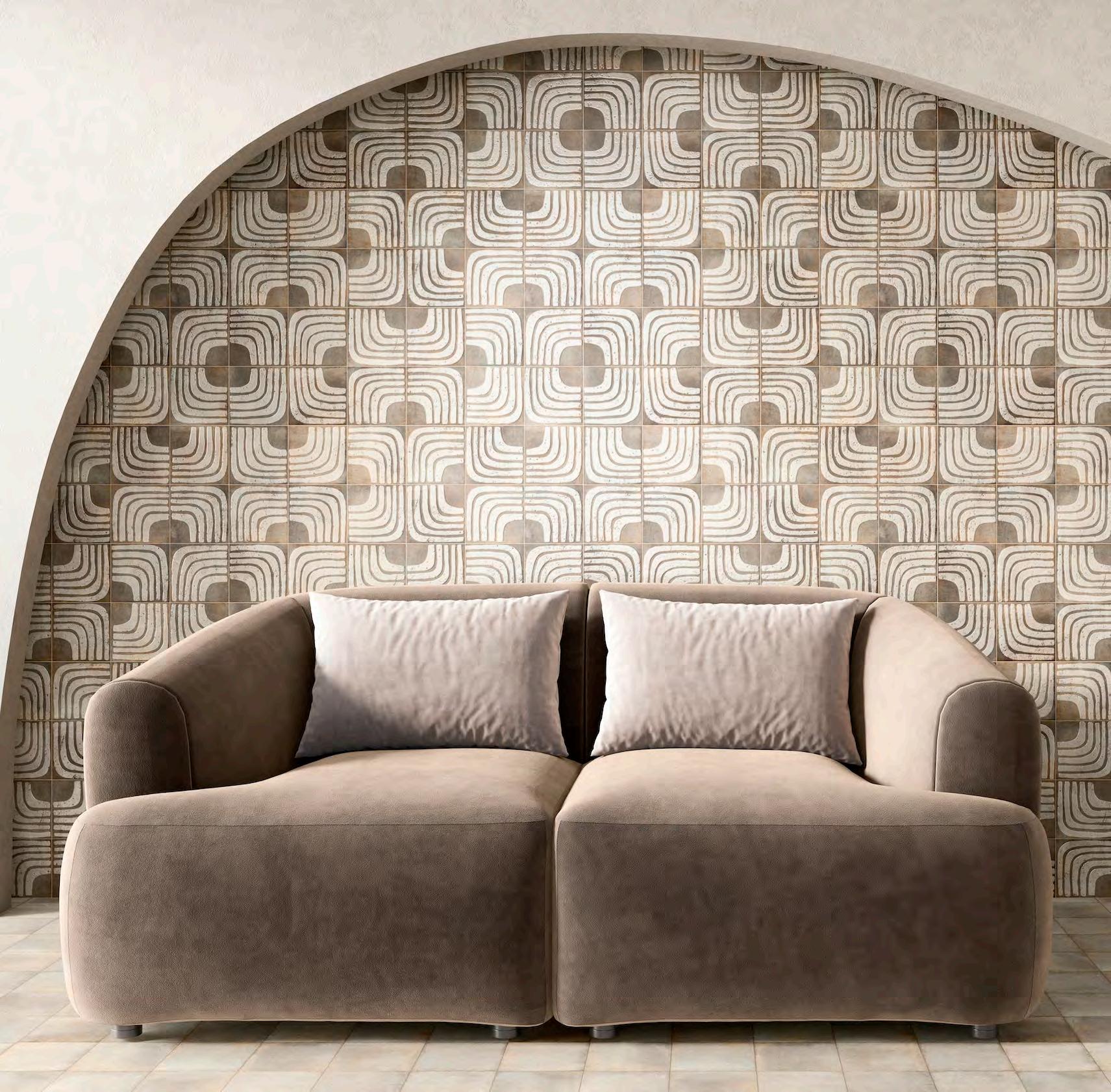
Is this the end of the road for
Joe Simpson, Tile Today's international correspondent, called it early when he wrote about Cevisama's declining relevance on the global tile stage earlier this year. Months after the show ended, there was an announcement that it will no longer be a stand-alone event in 2026.

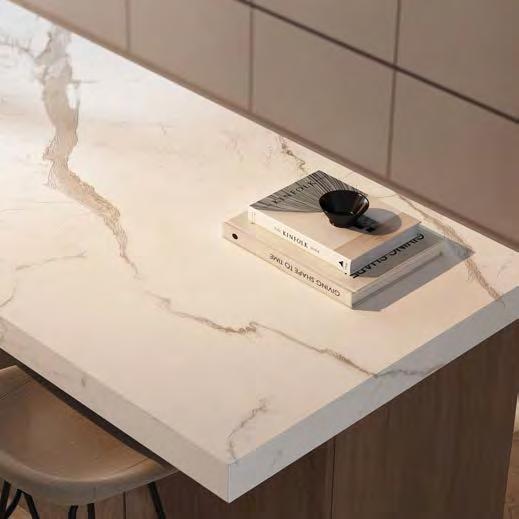
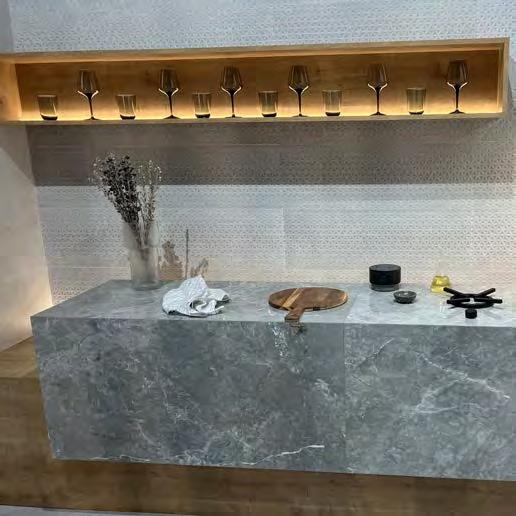
Since the 2008 economic crisis, Cevisama – Spain’s premier ceramic tile exhibition - has been but a pale shadow of its early millennial pomp. It has also been steadily shrinking as overseas manufacturers from Italy and beyond concentrated their exhibition spend on Cersaie and Coverings.
Even more damaging has been the growing trend among the big Spanish tile producers from the Castellon ceramic hub to run open events in their factory showrooms in lieu of taking space at Cevisama. One of the biggest groups, Porcelanosa, always ploughed its own furrow, even in Cevisama’s heyday. When Europe’s largest tile manufacturer, the Pamesa Group, pulled out all its brands, this probably signalled the beginning of the end for the Valencia-based show.
This year, with many more Spanish manufacturers following Pamesa’s lead, there were just 70 or so tile brands on display across two halls at Cevisama. STN was the only volume producer to exhibit. As a result, Cevisama was hardly a representative snapshot of the Spanish tile sector, and with just a dozen or so overseas manufacturers, it was not a reliable indicator of global tile trends.
The organisers, of course, tried to put a positive spin on things, but they didn’t fool anyone. It may be true to say that Cevisama 2025 was “the most European showcase ever,” but that was because so few companies from outside Europe – in fact from outside Spain – were willing to invest in stand space.
Of the 400-odd companies and brands exhibiting at Cevisama 2025, 96% were from the continent of Europe. Spain accounted for 73% of stands, followed by Italy and Portugal at 13% and 5% respectively.
Fair director, Carmen Álvarez, stated: “Cevisama is fully aligned with the industry strategy adopted by entities such as ASCER, to promote our output against that of the competition, especially that from Asian manufacturers, which do not play by the same rules as European manufacturers do.”
That may be true, but the slender list of Spanish brands at the show underlined that without overseas exhibitors Cevisama’s importance is dwindling year by year. To be clear, it is no longer a must-visit event in the tile buyer’s diary.
On a more positive note, any exhibition featuring Alaplana, Amadis, Aparici, Arcana, Cerlat, Cevica, Cristacer, Decocer, Equipe, Gayafores, Mainzu, Mayolica, Monopole, Nanda, Natucer, Peronda, Realonda, Undefasa, and Vives is certain to offer plenty of ceramic eye-candy, and Cevisama 2025 was no exception.
Most of the design innovations on show came from the small format, decorated wall tile category. Excluding Apavisa, STN and a few others, there was a notable lack of large format wall and floor tiles, ventilated façades, 20mm exterior pavers, swimming pool tiling, and commercial tiling ranges.
Despite the huge world-wide growth in this sector, there were only a few porcelain worktops on show, from the likes of Peronda’s Museum brand. However, the presence of Nuovo Corso and Pure – two worktop brands that seem to have been largely operating under the radar – should have piqued the interest of any worktop fabricators attending the show. As these two brands displayed, the ability to print texture and pattern in perfect synchronicity is certainly driving the pace of innovation in this market sector.
Reflecting the product mix on display at Cevisama, this review will concentrate on small format wall tiles, looking at evolutions in the colour palette, new sizes and formats, the growth of pressed and printed 3D effects, sculpted forms, and – perhaps the most significant of all –new interlocking tile shapes like star and cross which are being seen more widely in today’s market.
The single most significant trend in the wall tile sector at Cevisama was the widespread adoption of long, thin rectangular tiles. Here, the main format is 50mm by 400mm, but we are also seeing 50mm by 500mm, 50mm by 250mm, and various options in between. Most of these thin strips were displayed vertically stacked, rather than in patterns like chevrons, or in simple horizontal brick bond. These strips were generally in plain colours in matt, satin, or gloss glaze finishes. They can be used in single colours, with a second colour as a border or dado rail, or in more playful colour mixes or melanges. Different glaze finishes can also be used together to add detail or emphasis.
Another key trend is the mix of different material looks in a single range. The most common pairing is wood-effect with marble-effect tiles. Tonally balanced, these material combinations bring instant grandeur and gravitas to any interior, and play to the CastleCore interior design trend, especially when these timber-, stone-, or marble-effect combinations feature historical patterns.
Over the last 12 to 24 months, homeowners have been returning to pattern in a bid to make their dwellings more nurturing and visitor friendly, so-called Dopamine design. This philosophy encourages decorating spaces with an emphasis on personal pleasure rather than prescribed aesthetics, and patterned tiles work well in this respect. For 2025, most tile manufacturers seem to be betting on shabby-chic distressed looks, and patterns where the main influences are Arabic or Moorish. The colour palette echoes the strong neutrals of cement encaustic tiles from Morocco, or wall tiles from Andalusia.
We are still seeing a lot of 3-D relief tiles like ribbedeffect wood-looks, combed stone-look surfaces, or printed reliefs that further emphasise veins on simulated marbles or grain details on wood-effect tiles.
A new design direction is the growing use of deep relief features as a frame on individual tiles, with either a contrasting inner space, or a central void. The standout examples were In & Out by MUT for Peronda, and Natucer’s Sunrise.
Another notable trend was PVD (physical vapour deposition) metallics from the likes of Aparici and InTheTile. The latter applies a range of sumptuous metallic finishes to sculpted ceramic forms sourced from Buit. You can argue that neither company is producing “real” metallic tiles as the surface finish is not fired after application. Who cares? The results are simply gorgeous, a high-end style that will wow the Monegasque, and the aspirational homeowner. Just on the tasteful side of bling, these PVD finishes are for walls only … but they will be very sexy walls.
When it comes to shape, squares, rectangles, and hexagons are being increasingly challenged by interlocking star and cross patterns, fish-scale and leaf forms, octagon and dot combos, and new geometric forms – like Monopole’s Avant – that interlock to form visually dynamic walls.

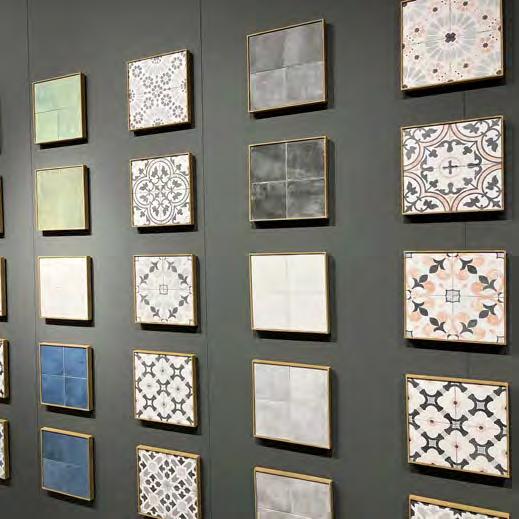
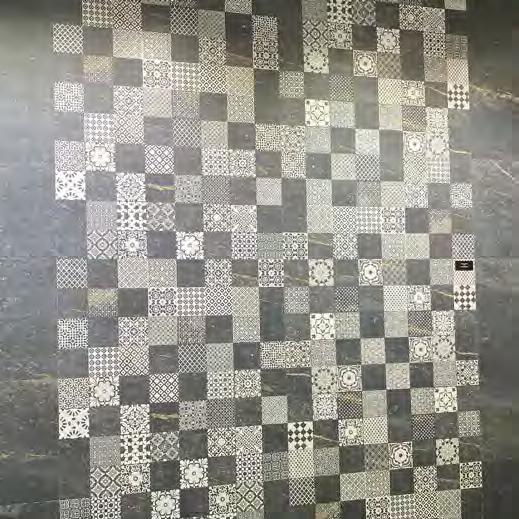
The final trend is confirmation that terracotta is back with a bang, if it ever went away. From squares, rectangles, and traditional medieval patterns, through to hexagons and octagons with dots, there is now a terracotta for every taste … and they are now finding their way onto walls as well as floors. There are three main colour options: pale straw-coloured cotto, darker brown with real earthy tones, plus the rich orange-red that started it all.
Today’s porcelain terracotta facsimiles are almost indistinguishable from the real thing with authentic kiln scorches, pitting, trowel marks, and colour variations. Many feature more than 50 different design faces, randomly mixed in each box to ensure minimal repetition. And yet these faux terracotta tiles are fully frost-resistant, stain-proof, and extremely hard-wearing. Even better than the real thing. The stand-out example at Cevisama was on the Anticfang stand, but great alternatives were scattered throughout the show.
Tile designers have also been playing with the terrazzo effect. Arcana presented Mousse, a white bodied wall tile in a single size and colour (450 by 1,200mm) and a porcelain floor tile in three different colours with a range of formats (1,200 by 1,200, 800 by 800, 600 by 1,200, and 600 by 600mm) and finishes. It has a new cement graphic that really comes into its own when paired with the Spuma collection.
Daring and non-conformist, Spuma comes in a wide range of colours, with graphics like tutti frutti that have an avant-garde originality and strong personality. Five more colours have been added to the Spuma range in the 300 by 300 and 293 by 293mm rectified formats: Chia, Sesame, Mirtillo, Menta, and Cacao.
For the 80 by 315mm Sorbetto design, the matt-gloss contrast has been intensified, enhancing the decorative allure. This is produced in all 10 colours of the collection. The textures, compositions and special pieces that accompany the Mousse bases, both for wall and floor tiles, together with all the items in the Spuma collection, greatly enhance Arcana’s decorative offering for 2025.
Other stand-out ranges included Antico Casale by Ape: a ceramic collection that is a contemporary reinterpretation of the artisanal tradition of Renaissance terracotta. With a rich variety of decorations and
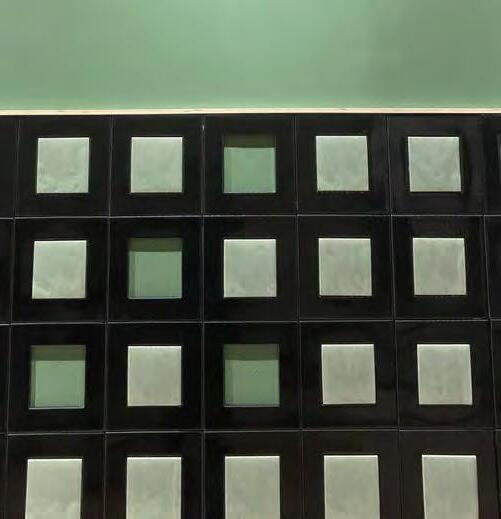
finishes, the collection is available in warm tones ranging from earthy hues and beiges to graphite. It comes in formats of 600 by 1,200, 900 by 900, 600 by 600, and 1,200 by 1,200mm. Additionally, the range features a 330 by 1,200mm stair tread, ideal for pools and outdoor spaces. Decorated pieces, available in 1,200 by 1,200 and 600 by 600mm formats, evoke the beauty of glazes emerging from within the clay, reinterpreting traditional Florentine ceramic designs. Their weathered aesthetic suggests the passage of time, paying tribute to both art and history.
Stone-effects were among the most restful tiles at the show, none more so than Argenta Cerámica’s Westone and Eastone series. These were developed with Artech technology as faithful reproductions of natural Portland stone. Available in two finishes – matte and lappato – each tile pairs a unique texture with intricate detail.
Gres Aragón presented Zarci, a porcelain collection that reproduces all the natural beauty of the eponymous marble that features a soft beige-coloured background scattered with subtle warm veins and other fine details. Zarci comes in 600 by 600mm, including a 20cm thick option for external applications. There are two finishes: smooth for indoor areas requiring a uniform, elegant surface; and non-slip for wet areas and outdoor spaces that has an R11 rating. For projects where an all-round solution is needed, the collection also features a choice of specials, including step tiles, skirting tiles, and stair risers, alongside tiles for pools, such as non-slip overflow edges and grids.
Decocer showcased Senda Vibe, a collection of 150 by 150mm square tiles inspired by organic pathways and natural textures. The pattern consists of concentric curved lines forming squares and repeated arches, creating a visually dynamic and sophisticated effect. It has a retro-modern aesthetic, evoking influences from Art Deco and 1970s design while being very much a surface for today.
Decocer’s Cubik is characterised by its indented surface relief with a woven-texture feel, adding dynamism and depth to walls. With a 75 by 300mm format, the grid pattern and warm earth tones create a cozy atmosphere. It is ideal for emphasising walls and adding character to spaces. It is available in both matt
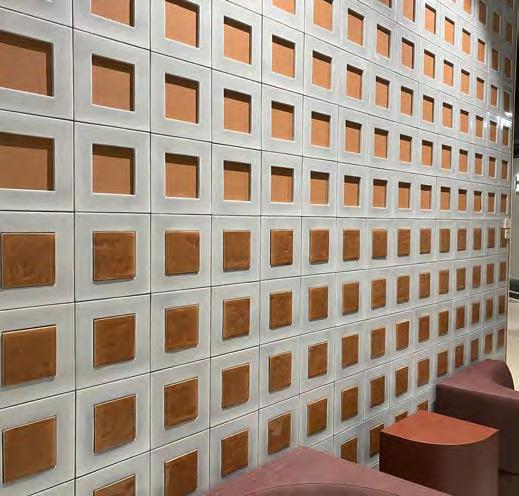
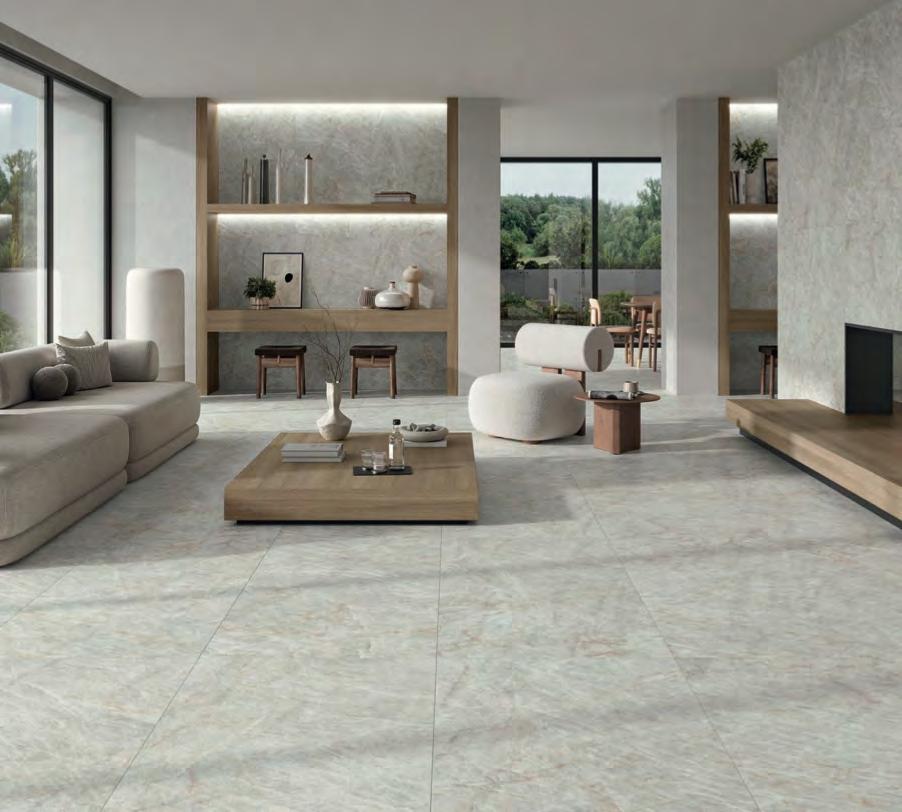
and gloss glaze options. The nine colours range from neutral tones like beiges and earth shades, through to more intense options like dark greens.
Decocer also displayed Auralis, a collection with an ultra-gloss finish that enhances the intensity of colour and depth of its reliefs. With a 61 by 250mm format, this is a dynamic and sophisticated range with an artisanal touch.
Corsica by Equipe combines warm tones with a matte finish with a very subtle relief and silky touch in 50 by 400mm. The seven colours were inspired by the sky, the sea and the earth, warm tones for simple and elegant interior designs. Using the same elongated format, Equipe’s standout range was Verticale, inspired by the textures of stone. This is a meticulously crafted collection with stunning graphics and delicate relief. This porcelain range also comes in 100 by 100mm.
Gayafores presented three new porcelain collections at Cevisama 2025: Deco Artis, Geoslate, and Neoslate. Deco Artis is a collection inspired by traditional ceramics. This design revives the original finishes of hand-crafted
tiles, using reactive glazes and artisanal techniques to create unique, naturally rich surfaces. The combination of multiple brick compositions with careful colour options – Green, Blue, Salvia, Moca, and Clay – delivers timeless surfaces that bridge the past and the present.
Gayafores’ Geoslate, a slate-inspired porcelain collection, features a layered press-relief finish while microgranules enhance the authenticity of the texture in a striking three-dimensional effect. It is available in three graduated tones: Natural, Grey, and Dark. Finally, Gayafores’ Neoslate is a highly realistic and contemporary slate-effect design in four innovative tones: Caliza, Silver, Rodeno, and Bali. It was one of a few ranges at the show that elevated stone-effect porcelain to a new level of expression.
In the Parallax collection, Arcana explores discreet textures, accompanied by changes of planes and superimposed layers, to create an enveloping atmosphere that is as austere as it is attractive. This porcelain collection has a slightly fluctuating relief. It is offered in four colours (White, Sand, Shade, and Reddish) and five
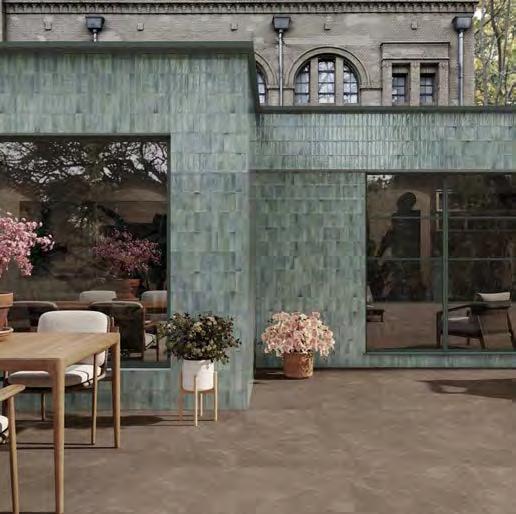
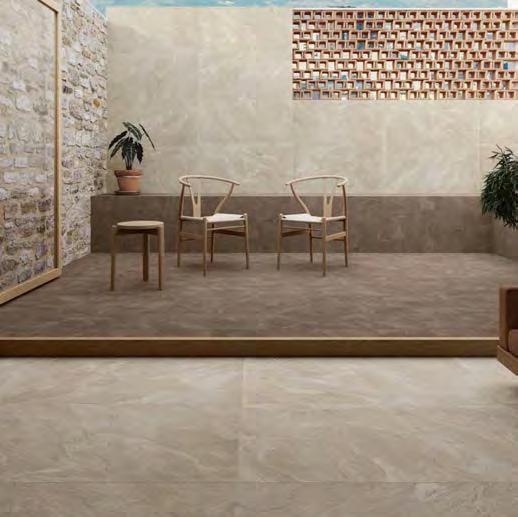
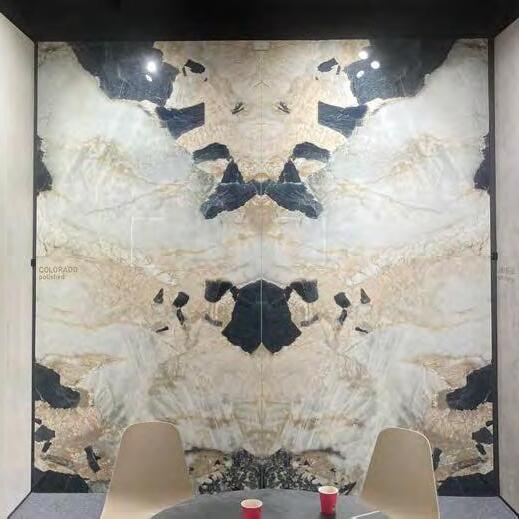
formats from 1,200 by 1,200, to 100 by 593mm; plus a 304 by 304mm mosaic. Parallax also has an 80 by 315mm Overlap tile that serves as a decorative piece for floors and walls. The entire range is available in R-10, while Sand, Shade, and Reddish are also produced in R-11.
If there is one marble look that is really on trend right now it has to be Taj Mahal. While most of the recent trade shows continue to feature many white marbles, notably Calacatta and Statuario, the move toward warmer neutrals appears to have convinced more and more manufacturers to put more emphasis on their Taj Mahal displays. One of the stand-out ranges at Cevisama was Alaplana’s Taj Mahal Cream porcelain range. It comes in 400 by 400, 300 by 600, 1,000 by 1,000, 750 by 1,500, and 600 by 1,200mm formats. Both matt and polished finishes are available. It offers subtle movement and tonal contrasts to elevate both walls and floors to a new level.
The artisan technique of palilleria – the striking wood panelling style that uses narrow jointed timber slats to achieve dynamic surfaces – has been one of the stand-out trends in wood effect tiles for the past few years. Paying tribute to this technique, Argenta has developed the Bari series, a line of wall tiles in a slim 600 by 1,200mm format enriched with subtle reliefs that combine monochromatic shades of white, cement grey, and black. It captures the warmth and visual rhythm that has seen the use of ceramic imitations extend beyond conventional wood panelling into areas such as walk-in showers. With three embossed designs inspired by different woodwork models, Bari’s versatility allows the cladding to be installed both horizontally and vertically. Its textured finish not only evokes classic craftsmanship but also plays with light and shadow, creating a dynamic effect that enhances the depth and volume of surfaces.
Monopole underlined the brand’s commercial astuteness at Cevisama, with range after range of new designs that are right on the money. Alongside its unique Avant concept, this factory is currently one of the main pioneers in hexagonal tiles. From the seaside stripes of Amalfi in 200 by 240mm, through the more understated Cuarzo, to the rich cotto tones of Tucson, this tile shape blossoms in Monopole’s hands. The subtle leaf motif of Alicante, available in silver or gold, is the company’s outstanding design of 2025.
Monopole also offered Melody, a 200 by 200mm range in 10 great colours, with each face divided into 24 relief strips in two banks of 12. These are pre-scored for ease of laying and grouting. The thin triangular strips, both regular and sloped, are gloss-glazed and catch the light to dramatic effect. Decors with just a few strips picked out in gold and silver add an extra design element.
Vives’ Duo is a 300 by 600mm (or 293 by 593mm rectified) porcelain cement tile, designed as a versatile surface for projects. It offers two surfaces for floors and walls, and both smooth and anti-slip textures. Suitable for interior and exterior installation, it is offered in rectified and non-rectified options, and two colour ranges in four shades. It suits interiors that are avant-garde or conservative, discreet or extrovert.
I am a big fan of the colour selection for the Ribesalbes Chroma 625 collection. This 60 by 250mm porcelain floor tile range is strong in both neutrals and accents. It complements Chroma 1010, a 100 by 200mm range prescored into two 100 by 100mm units; and Chroma 1020 and Chroma 1030, 100 by 200mm and 100 by 300mm
rectangular ranges respectively. Chroma’s colour options are particularly strong in the green family, making this a powerful tool for today’s specification market, and also for swimming pools.
It is always a treat to visit the Nanda Tiles stand at Cevisama, and this year was no exception. No factory explores the interface between contemporary interior design and ceramic tradition better that Nanda, with a seemingly endless stream of new designs featuring simple yet beguiling patterns, elegant colour combinations, and aspirational glaze effects. These are designs that will breath character and life into any home. Particularly catching the eye this year were Alhambra, a 200 by 200mm square and 210 by 250mm hexagonal series of porcelain floor and wall tiles with a Moroccan encaustic palette and Moorish-influenced geometric motifs. The blue/grey and orange tones are both absolutely on trend.
Nanda’s Andalusia plays more to the terracotta tradition with five soulful decors and a plain cotto in 200 by 200m. This the kind of range is really setting the aesthetic agenda world-wide, notably in the UK and the USA. It is perfect for seamless inside-out design scheme spanning home, pool, and garden. The colours of the Atelier range, a 115 by 230mm squat brick collection, offer an oyster white plain, rich and dynamic Oxid blue and Volcan green, dynamic glazes, and the sublime Fauvist striped effects of Brompton Bailey and Marianne. Factor in PTV 36 slip-rated Mel Canela and Rubina Brown terracotta options for the floor, and this is a collection that picks up both the reactive glaze and cotto trends, and really runs with them. Above all, Atelier sees variegated glaze colours used to maximum advantage.
Cevisama provided more evidence that terracotta is experiencing a huge resurgence. Driven by its timeless charm and dynamic versatility, an increasing number of homeowners and interior designers are embracing various shades of natural clays in their designs. Across the globe, unique interpretations of terracotta tiles are being utilised to emphasise a return to earthy materials and a desire to create spaces that feel warm, welcoming and rooted in
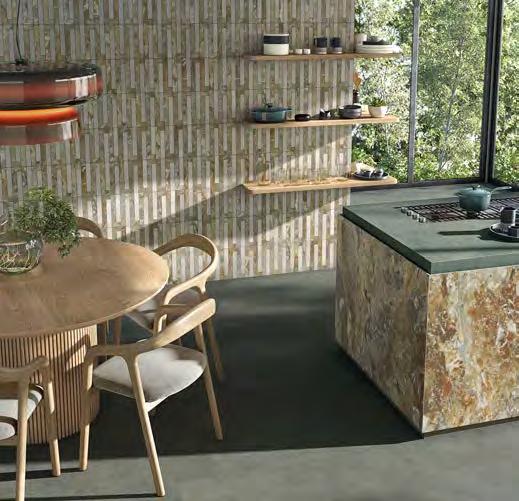
tradition. From the off-white hues found in Turkey, France and Croatia, to the peachy tones typical of Central Europe, and the rich rusty shades commonly seen in Northern Africa, Morocco and the southern Mediterranean, Cevisama showed that Spanish manufacturers are offering a wide range of rustic-inspired tones to meet the demands of today’s market.
Many new collections incorporate organic colours and textures as accents to achieve a tranquil and natural atmosphere. These nuanced details complement the prevailing earth tones and floral decors. Tiles are being produced in soft browns, greens, and blues to complement today’s biophilic styles. To enhance depth and authenticity, Spanish tile makers are creating tile with tactile finishes such as matte glazes, or rough-hewn or stone-like textures that replicate the feel of natural materials.
The tile industry is experiencing a revival of creative approaches that embrace the inherent qualities of ceramics. We are seeing more Spanish tile makers shifting away from mimicking the look of other materials in preference to honouring the intrinsic beauty and characteristics of ceramics itself. The artisanal charm of hand-crafted ceramics is gaining popularity, with companies incorporating reliefs and 3D textures to create both a visual and tactile experience.
Spanish manufacturers are also looking to the past to shape the trends of the future. When curating interiors that offer solace, designers and homeowners are seeking surfaces infused with nostalgia and comforts of the past. Drawing inspiration from historical design, Spanish companies are reimagining these styles for modern environments. Today’s tiles showcase a revival of classic patterns and vintage colour palettes, along with weathered effects and care-worn surfaces to make them appear as if they’ve been exposed to the elements over time.
Spanish tile brands are focused on finding innovative ways to offer elevated aesthetics while maintaining cost competitiveness. They are leveraging clever techniques to achieve upscale looks without neglecting quality or performance. Through methods like scoring, digitally
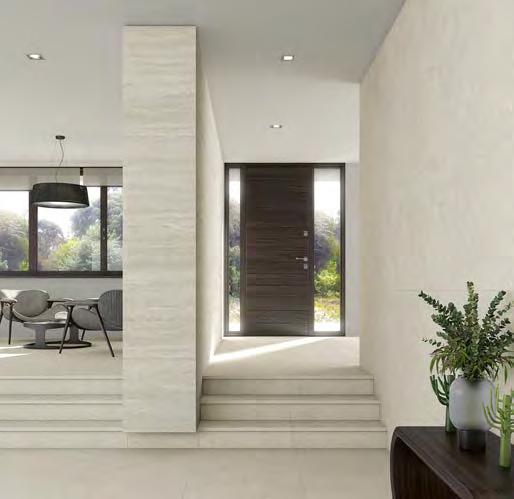
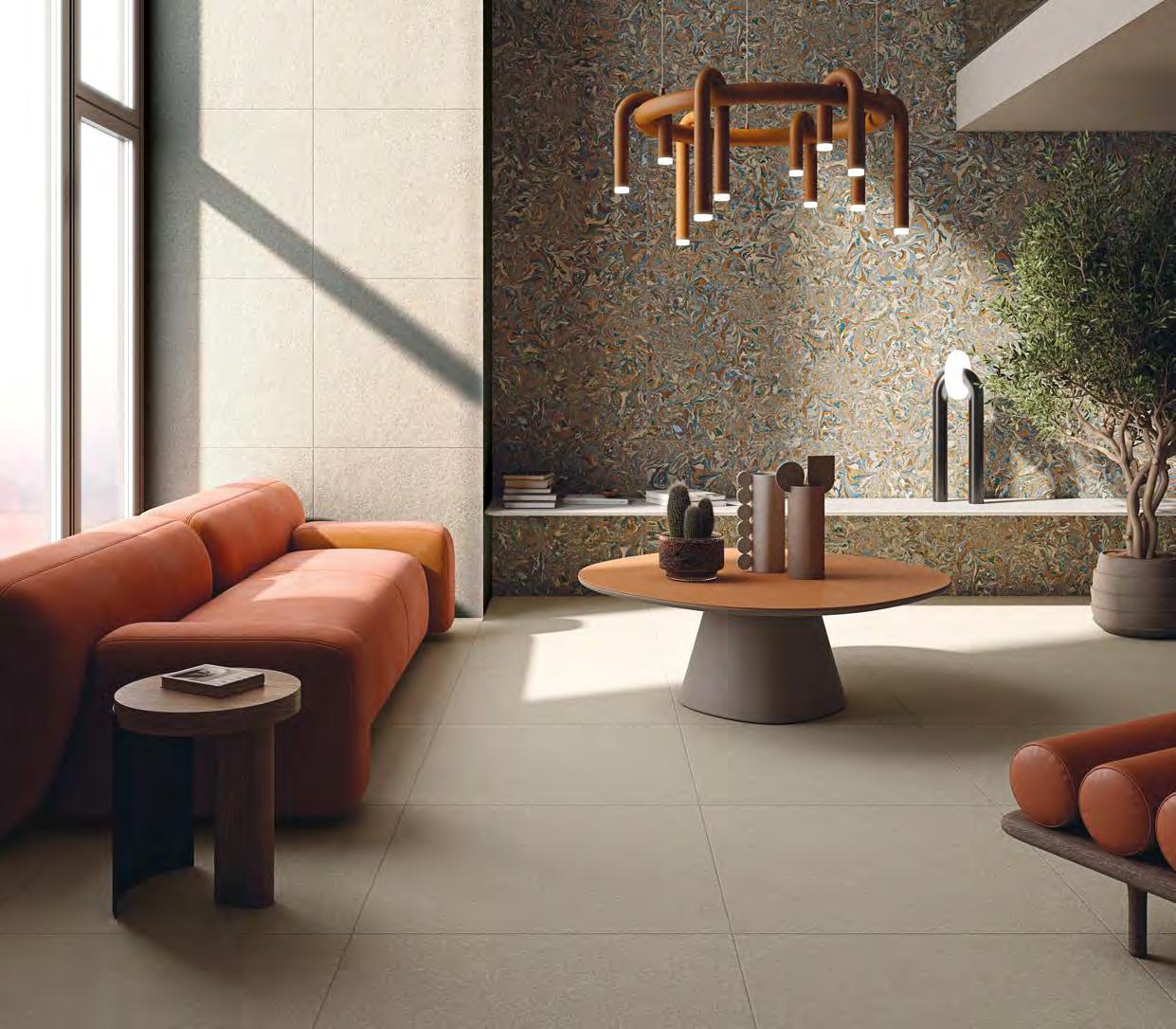
targeted glaze application, and reducing thickness and weight, companies are able to achieve high-end looks at lower costs for customers.
Advances in printing technologies are enabling Spanish tile makers to create ceramic and porcelain tiles that almost perfectly replicate the natural textures, veining and patterns found in stones such as marble, granite, slate and limestone. Offering the beauty of natural stone or wood without the added cost, stone- and wood-look ceramics provide greater durability, easier maintenance and more versatility. Additionally, these tiles are crafted from sustainable materials, providing an eco-friendly alternative to using natural alternatives.
I will sign off with one thought. For many of us in the tile world, Cevisama has been at the very heart of our ceramic tile experience. It was here, just as much as in Cersaie at Bologna, that we grew to appreciate the aesthetic ingenuity, technical excellence, and sheer commercial potential of ceramic and porcelain tiles.
The start of February used to be five days when you could learn a great deal about design trends and
1. Atlas collection from Decocer
2. Da Vinci Cobogo tile
3. Lumiere collection by Museum
4. ISOLA by Metropol Ceramica
5. The Sherpa range from Cerlat
6. Da Vinci Ceramics at Cevisama
7. Display from HDC Porcelanicos
8. In & Out by Mut from Harmony
9. Another display from In & Out by Mut
10. Taj Mahal by Alaplana
11. Deco Artis range from Gayafores
12. Neoslate is part of the Deco Artis series
13. BigSlabs by Nuovo Corso
14. TANDEM Antracita by Vives
15. The Paris range from Vives
16. Mousse by Arcana Tile
17. Ibero from the Keraben Group
18. Deco Biscuit series by Gayafores
19. A scene from Cevisama 2025
application techniques, see hundreds and hundreds of outstanding new tile ranges, meet new friends, and rekindle old acquaintances. 2025 felt more like a ceramic wake. As one well-respected distributor commented to me at the show: “At least we can say we went to the last Cevisama!”
I hope his words will not prove prescient, but it is hard to see how this key date in the ceramic calendar will last another year unless someone comes up with enough fresh ideas and investment to encourage the Spanish ceramic production hub to coalesce behind a single, successful ceramic show. Quite simply, if the organisers and the Spanish ceramic sector keep on doing the same thing in hope of getting a different result, they will be proved wrong.
Cevisama needs a radical reboot if it is going to survive. Already there are few reasons for Australian buyers to attend. Next year that will also be true for buyers from France, Germany, and the UK … let alone the USA.
I am not hopeful. I think it will prove to be a case of “eso es todo amigos!”
In September 2026, the show will be replaced by Cevisama Contract and become part of furniture fair Habitat.
After more than 40 years, Cevisama will no longer operate as an independent international exhibition for ceramic tiles and bathroom furnishings. This will bring to an end its longstanding role as the Spanish industry’s flagship event held each February.
An announcement by event organiser Feria Valencia in early June confirmed that Cevisama will no longer be held as a standalone exhibition next year. Instead, it will be incorporated into Habitat, the furniture fair held in Valencia in September alongside Textilhogar (home textiles) and Espacio Cocina (kitchen furniture). Cevisama will be rebadged under the revived Cevisama Contract brand.
As Cevisama Contract, the event will continue to present bathroom products and accessories, ceramics, natural stone and other surface coverings but it may be aimed more at architects than distributors. According to Feria Valencia:
“It’s important to highlight that these sectors share the same specifiers and distribution channels that connect them with the final consumer — an essential factor in making this decision.
“In this context, the contract segment will also gain relevance, as major buyers in this channel will be able to meet nearly 100% of their purchasing needs at a single event at Feria Valencia. Architects, specifiers, distributors, and retailers will find a unique commercial opportunity in Europe.”
Feria Valencia believes the convergence of these trade show offerings will boost the campaign to attract large professional buyers — both domestic and foreign — by positioning the event as a global showcase for interior decoration, a format increasingly in demand across Europe.
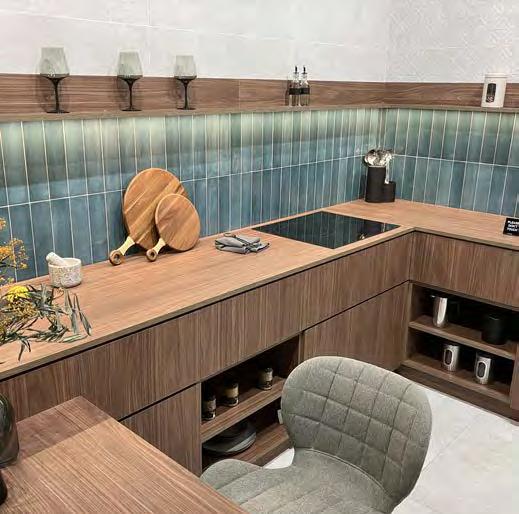

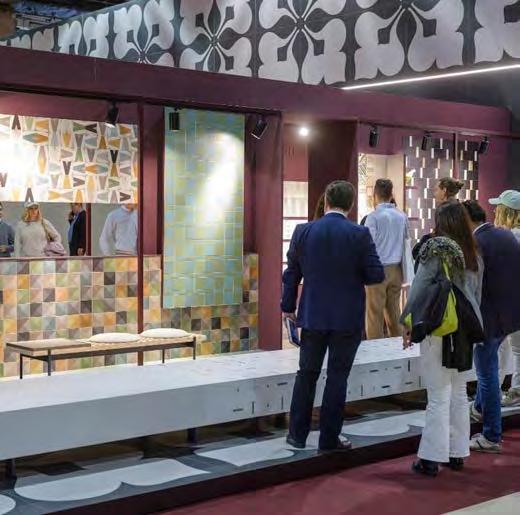
Members of the Australian Tile Council continue to benefit from accessing its new online training courses. Travis Woods, senior technical advisor at Master Builders Queensland (MB QLD), is the latest industry professional to sing its praises.
Tn his role at MB QLD, Travis speaks to a lot of members. From his perspective, the online tiling courses offered by the ATC has several advantages for busy working professionals. He told Tile Today:
“I did it just online on the weekends, which is actually going to be really good for anyone that's doing it really because you've got the time to do it at your own pace.
“With a lot of all our members, I think we've got just over 10,000 now, they just wouldn't have the time to do it during the day because it's six, sometimes seven days [a week] in construction.
“It gives them an opportunity to do it slowly too. You can log back in and there's no time that you need to have it done by so you can just tick away at it.”
The web-based courses are easier for people to complete in their own time, and Travis believes they contribute in a positive way to providing knowledge and education in the industry. Travis said:
“It’s definitely a good thing for industry because we want to try and get more training out there for builders and trade contractors.”
Travis is well positioned to have an informed opinion about the content in the courses. Before taking on the senior technical advisor role at MB QLD, he spent about 20 years “on the tools” working on building sites. He explains:
“The course takes you through selection, application and what you need to do at the early stages. It goes into a lot of detail about planning and how to try to get things right at the start, which is really important because sometimes things get missed. From that perspective, it talks about tiling systems, and getting those processes done at the start.
“[Sometimes] they forget to check the manufacturer's specifications, and the ATC course emphasises heavily that you need to be looking at these specs for the tested system. The course provides a good starting point before they get moving [with a job].”
Obviously, it’s better to have things set up properly from the very beginning to prevent any potential problems during the project. And there’s a reason why it’s called a system. Travis said:
“There's a lot of things you need to consider for the tiling system as a whole. It’s not only just the tiles, it's the waterproofing membrane, the glues, the grouts, it's everything working together. That gets missed a bit.
“Then also it goes into tolerances so people can know what they need to achieve. It's helpful for the tile council to provide that information. Not everyone has the Australian Standards and some of these details can get missed too.”
Travis is very encouraging for other people working in the industry to try the courses because of the relevance and suitability of their content. He said:
“There were two courses I did, a beginner’s one and

an advanced one as well, and both were great. They were really informative and very helpful, not only for builders but trade contractors as well as certifiers and designers.
“Plus it includes a lot of applications too, it's not just for internal areas, it was for external areas. It discussed an array of applications which is useful.”
Featuring a number of applications means that the courses will appeal to a wide range of participants. Travis agreed and said:
“As I said, builders and trade contractors ... because it talks about the codes, the standards, as well as the manufacturer specs, which that gets overlooked sometimes. It goes into all the things you need to look at in one place, under one umbrella. Especially information about tolerances ... because there's not a lot of literature easily [and freely] available.
“There are 333 Australian standards referenced in the code so that’s a lot to navigate. That's part of my role. I help members navigate all those codes so I have to be
across a lot of things. I found the course good for that reason. It can keep me ahead on that front about any changes.”
The course would appeal to anyone working in the tile and construction industry because it discusses the most applicable aspects of the building standards in Australia, especially as Travis explains, when there have been a lot of changes to the codes in the last few years.
“Tiling application is very much in some of the changes we have seen in the last rollout of the National Construction Code. So I think the course has been really informative and helpful in that way.”
The pathway to his current position at MB QLD came via job sites which gives Travis immediate empathy and relatability to members. As he tells it:
“I've been in the industry just over 20 years and came off the tools about three years ago. I started out as a carpenter and then I did the course to become a builder. I was doing residential first before hopping over to commercial projects. From there, I've just been slowly doing extra courses. I just finished doing one on building surveying for residential so I can be a surveyor in that space, certifying things.
“I recently did my Cert III in Waterproofing just to get some more knowledge around that too.
“I had an opportunity to join Master Builders three years ago, so I am going into four years now. And was just made senior technical advisor just at the end of last year. It's been
great transition and I'm getting more and more into the codes and standards …
“A lot of builders are specialising now too. If builders aren't doing bathrooms or they haven't done one for a while because they've been doing decks, for instance, it would be good idea to do the course to bring them up to date as to what's needed and what they need to do.”
The practical experience and technical knowledge that Travis has makes him an ideal fit for MB QLD. More importantly, he has a high level of job satisfaction.
“It's very rewarding. You help a lot of builders and trades because not a lot of them have access or understanding of the codes and standards. It is really good in that way because you're very much in a role that's helping and training.”
Travis said that adding value to the industry he has been involved in throughout his career is one of his goals. He explains:
“We're trying to help builders, and we also do other things such as mediations because we are trained mediators as well.
“If there is something that needs fixing, we offer mediation to try and help the parties move forward. So we offer a number of different services, mainly the technical around the codes and standards, but licensing too, and making sure members are in their scope because there’s a little bit grey with what you can do. We help interpret for members what they can and can’t do to make sure they're within their scope.” n

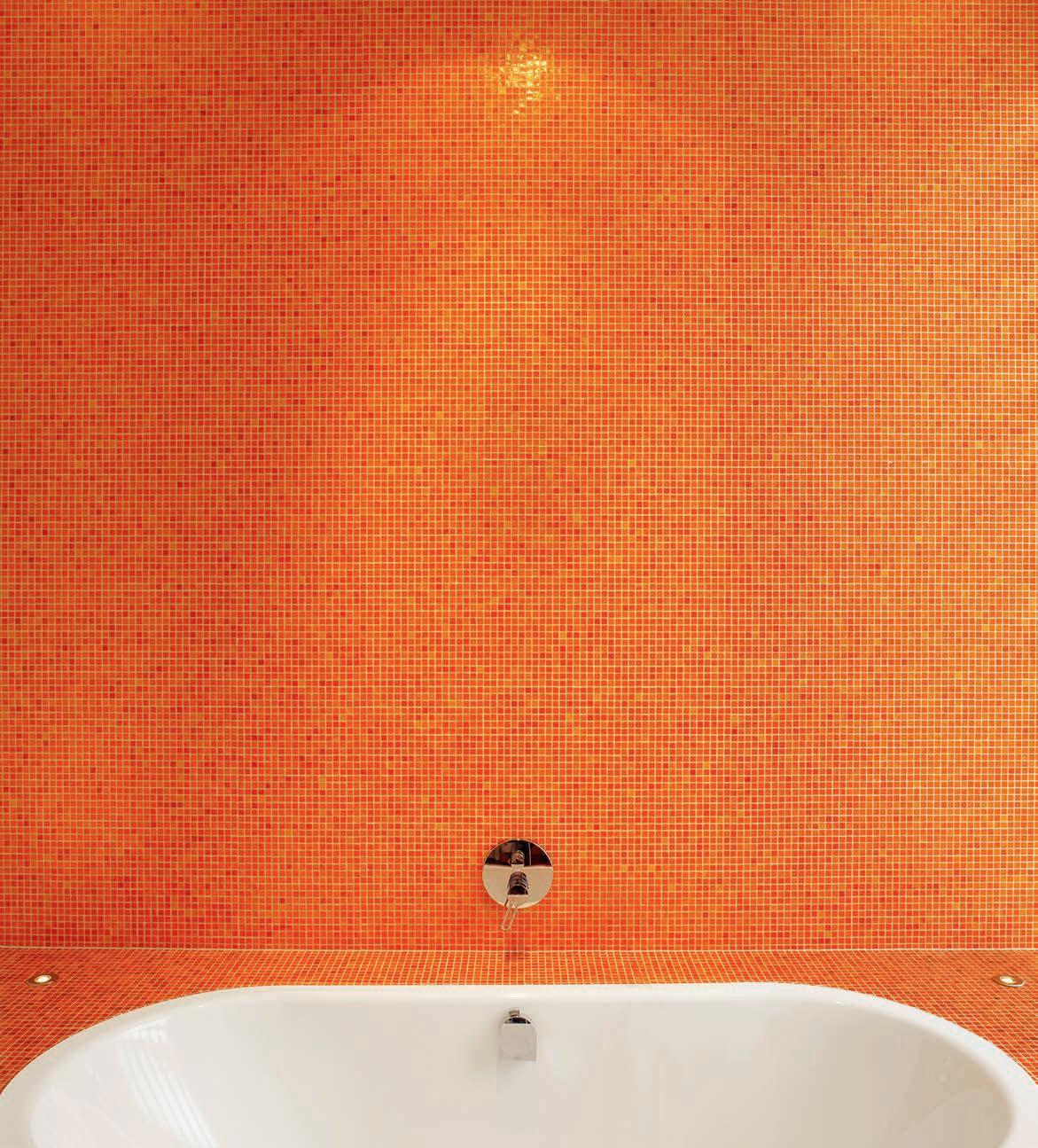
• Industry support from the Australian Tile Council (ATC)
• Technical and industry related information and support
• Free access to our Online Training Courses
• Free access to the new Tile and Tiling Guide
• Free access to the Tile Reference Manual
• Member Benefits Programme with exclusive offers
• Tiling literature, brochures and notices
• Professional recognition as a member of the only recognised national body industry
ATile installation systems have developed significantly with the introduction of new technology. Elements such as tile format, acceptable substrates, installation, building methods, and materials are all evolving aspects of tile installation systems. They are different in each country and the various regions within them. Some countries have developed, adopted, and implemented various tile installation methods and supporting test methods standards as deemed necessary to their specific location and building methods. But not all nations have made the same progress in the development of new tile installation systems. Applicable supporting test methods, related manufacturing and building standards which can restrict certain developments in tile installation systems, vary greatly from one location to another.
rchitects, importers, specifiers, builders, and contractors can adopt and implement tile installation systems or parts of a system from another part of the globe. This can be an effective way for building contractors from different countries to use new technology and processes to overcome issues such as building timelines, incompatible products, and specified designs created internationally.
The risk in using methodology from different country for a tile installation specification, is that there are supporting standards, codes, test methods, manufacturers’ documentation and research that support the specification detail of these systems. These elements are not always appropriately identified, understood and/or implemented when used as an alternative system. Language barriers, import restrictions, test methods or even basic training and understanding can negatively affect the entire alternative installation system from being successfully implemented.
Ambiguity means there is no local knowledge base, documentation, manufacturer support or certified testing facilities available to provide clarity or a guidance. Typically, overlooked or misunderstood elements only become apparent after failures occur. The subsequent
analysis to establish cause and apportioning fault is an intensive, problem-solving, discovery exercise.
The original specifier of the system is of little assistance if they contributed to the problem through a lack of understanding of the system in the first place. It becomes a post project learning process with expensive costs of rectification.
Contributing factors to such failures can be:
• partial or incomplete specifications
• incorrectly interpreted installation and performance specifications
• elements of a system substituted through lack of availability
• systems that cannot be verified as appropriate as all the supporting standards do not apply or are unavailable/overlooked in the specification process
• insufficient product support at the location in which the installation is implemented
• lack of a full suite of standards available
After a system failure, there is potential for more problems when a re-interpretation of select standards and guidelines occurs to prevent and defer liability. Only when the characteristics of a complete system installation are known that causes can be identified. This is a costly way to implement an alternative tile installation system.
Movement joints are common in construction and require consideration when specifying and installing tile and stone projects. More modern approaches to eliminate and provide relief within the tile installation for control joints, cold joints, dowel joints and construction joints have led to the development crack suppression systems. These are commonplace in Europe and North America, but in Australia and New Zealand these systems are relatively unused or unknown.
Crack isolation systems are often specified to overcome issues relating to new concrete slab construction and existing concrete slab characteristics such as cracking which would otherwise be difficult to accommodate. The elimination and or/relocation of movement joints using deformability and de-coupling from the substrate can prevent some types cracking. This eliminates the need to install where movement joints at some locations when a tile is bonded directly to a problematic substrate.
Crack suppression systems have been manufactured along with compatible installation standards and test methods for individual products. These standards also need to be seen as part of the specification. Many solutions are sourced from other countries such as the US where different methods have been developed.
Projects with large floor areas may have multiple joints such as dowel joints, construction joints and cold joints. New and existing concrete slab types can be brought together to reconfigure projects such
as shopping malls. When slab joints and movement pressure need to be accommodated or eliminated, specifiers may turn to the international market for a solution. An architect and engineer will often specify a crack suppression system from a US-based manufacturer’s product range. The data sheets for these products will often specify parameters such as “40 mil thick load bearing membrane, capable of 1/4” (6.4mm) crack isolation protection” [2] This information is then taken as a specification to accommodate cracks and joints with movement up to 6.4 mm (1/4”) [2].
Further direction within the same data sheet example states: “Eliminates need to cut tile to meet control/cold joints” [2] Subsequent direction to the contractor from the architect is that the use of the referenced product is a solution to the implementation and presence of various floor joints present.
Problems arise (see photograph 1) because the product specified is not available anywhere in the country or is substituted with a similar product and expecting the same or similar performance required for the job. Also primers, levelling compounds, and adhesives that have been tested with the specified crack suppression system may not be available or sourced as part of the system. Similar locally available components are often used to make up the shortfall for the installation.
A secondary issue is the tile type used over the crack suppression system. During pre-construction, there are often several changes to the tile selection as budgets and designs are refined. This can lead to changes in the installation design prerequisites that are not always noted.

Substituting porcelain for various types of stone tiles adds complexities to the design requirements. As stone is sensitive to other environmental conditions, additional aspects need to be considered that were previously not a concern. Exposure to UV light, the presence of moisture, slab design, and deflection values are all issues which alter the original specification when compared to using a ceramic/porcelain tile.
The understanding of the type of movement that is present is a common problem when crack suppression systems are specified. The ability for these systems to accommodate movement is sometimes taken by designers to mean all movement. The difference between in-plane movement and vertical and multi directional deflection is also often overlooked.
Onsite parameters relating the nature of the movement experienced may not be applicable to the alleviation provided by the crack suppression system (see photograph 2). These differing movement types such as vertical and twisting movement are not something crack suppressions systems are usually designed to accommodate.
When problems appear, there is a complex evaluation necessary as to what caused the failure. Substituted products or partial elements of systems within the

specified design are then identified as caused of failure. Often the technical representative of the local product supplier with a suitable engineering background is not available. Further evaluation of the failure frequently discovers unrelated third parties who don’t have access to inhouse proprietary testing or information of specific products.
Recent pool tiling systems typically contain waterproofing membranes as a part of the overall specification. Most major tile adhesive/installation manufacturers now recommend a waterproofing membrane be installed as part of the tiling installation, particularly in commercial pools. While there are pools constructed where membranes are not utilised, the experience of failure in the pool the installation system will come under scrutiny.
If there is a tile delamination, then movement joints and the concrete shell construction are usually the primary areas for investigation. Often, when the system used to install the tiles in the pool is examined, it is not unusual to find some critical elements are omitted or substituted due to costs. For example, an architect or engineer could cut out a waterproofing membrane on the

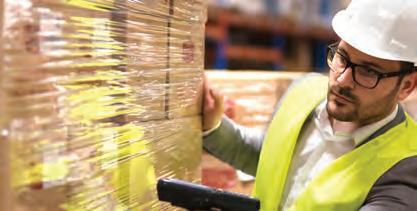
to enhance the overall operation of your tile
From selections, quotes, orders, and invoicing to calculating boxes and pieces and tracking shades/ batches, ClearTile has you covered
Extend ClearTile with these add-on online/mobile features.
ClearLink Webstore – End-to-end ecommerce solution for ClearTile. A website linked directly to your ClearTile database. ClearLink Direct – A direct link between retailer and wholesale supplier for stock check and direct order placement.
Trade Counter Sales
Multiple Location Support
Get Best Shade
Quantity Rounding
Convert m2 to Pallets/Boxes/ Pieces
Pallet Pricing
Maintain control over your stock with real time visibility.
Track shades/batches
Multiple Location Support
Warehouse Bins
Purchasing
Reordering
Quantity Rounding
Stock Receivals
grounds that it isn’t a mandatory addition, or the pool shell is of sufficient engineering design to not require a membrane.
A recent pool construction project in Australia was subject to a warranty claim against the head contractor due to tile delamination. The absence of a waterproofing membrane was examined as to what impact it may have had on the tile failure in the pool. The omission of a membrane as part the specification process was a change to the original scope. Most of the elements used to install the tiles inside the pool were not available in Australia and were sourced from multiple overseasbased manufacturers. After the failure, a similar system, excluding a waterproofing membrane was put forward as a specification for rectification.
The rectification system relied on elements from a German adhesive manufacturer whose product was to be used to rectify selected pool walls and the pool base. On considering the documentation and applicable design elements, the following problems were identified:
I. A search was undertaken of the manufacturer’s website, and it was established that the products are not supported by a commercial entity or managed supplier within Australia. As such, the specifier and assessment of suitability of products fell to the pool tiling contractor. The product data sheets supplied by the contractor included referencing a ‘Tiling in Swimming Pool Construction’ guide which subsequently listed the ‘DIN’ [4] series of standards as applicable to the manufacturers system when used within a pool. This is a standard established for Construction within Germany and is not part of any standard or code within Australia.
II. The DIN [4] standards are written in conjunction with compliance with the ZDB (Federation of German Construction) guidelines. While these are German guidelines and standards, they apply to the manufacturers products when utilised for a pool tile installation and subsequently are required to be followed. There are no Australian Standards or BCA (Building Code of Australia) Codes referenced on manufacturers data sheets or guidelines for swimming pool installation which would override or substitute the manufacturers specification and supporting standards.
III. The DIN standard 18535 and ZDB guidelines which relate to swimming pool construction outline the installation requirements of a waterproofing membrane inside swimming pools. This also is outlined in the Manufacturers [1] ‘Tiling in swimming pool construction’ guide. (See excerpt below, ‘Tiling in Swimming Pool construction’ guide.) “…Based partly on the ZDB data sheets "Composite waterproofing systems" and "Swimming pool construction", the new standard DIN 18535 "Waterproofing of tanks and pools" among other things describes liquid-applied waterproof membranes for use in conjunction with a tile finish, which now has the status of an officially standardized system…” [4]
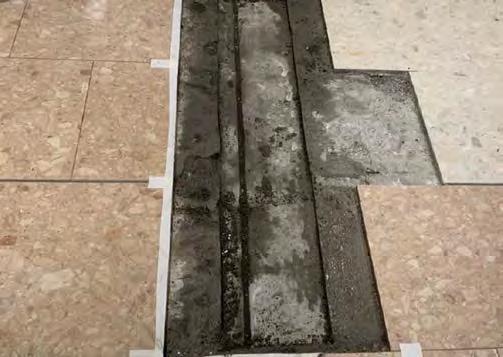
Photograph 2: Commercial shopping centre slab joint where crack isolation system failed to prevent cracking where the architect specified joints in tiles were not required
IV. Omitting to install a waterproof membrane as an element to rectify the pool would not comply with the manufacturers recommendations or provide a construction configuration for which the products are designed.
V. As the complete product range for the rectification works was not available locally, alternative additives and primers sourced from within Australia were used to complete the gaps in the installation specification.
If the proposed specified installation was implemented, it would effectively be a patch work of materials with untested compatibility, consisting of various primers, adhesives, grouts, and additives, all which are not supported by manufacturer’s warranty within Australia. The products would not to be installed in accordance with the manufacturer’s specifications specific to the pool, nor in accordance with the DIN standards [4] and German based guidance for pool tiling installations on which the manufacturer is basing the methodology. It is difficult to see how the system could be assessed accurately or comprehensively for any substantial performance guarantee on the rectification works.
Stone tiles are often specified for commercial flooring installations and are sourced from around the world in lieu of porcelain and ceramic tile. Natural and man-made stones are a popular option for architects because they can be polished smooth, as well as their unique appearance and durability. Crack isolation systems may be required to successfully install tiles and accommodate site specific characteristics such as substrate design. The use of a stone tile adds to the complexity of the installation specification as there may be multiple installation factors that need to be considered.
Stone thickness, bedding/adhesive types, finished floor levels, slab movement, cracking, movement joints, and other environmental influences must be compatible with a stone installation system. More considerations are added when products such as man-made or engineered stone are substituted over a more stable porcelain or ceramic tile. UV light, moisture, cleaning regimes and general wear on the stone can impact the longevity of an individual installation where traditional tiles would not be affected. Accessing parts of an installation system from a number of different countries adds risk of miscalculation or component omission to accommodate all the site-specific impacts. Moisture sensitive stone is an example of a tile that needs an extensive installation assessment for a successful installation.
Specifying some types of adhesives or crack suppression systems may lead to engineering additional problems into the installation instead of improving it. Installing moisture sensitive stone onto crack suppression mats can create additional issues not present when substituting for porcelain or ceramic tile. For example, curling and cupping through exposure to UV light, heat and/or moisture will cause these types of stone to deform as some substrates have reduced or insufficient capability to restrict vertical shear movement that can occur when stone tile curls and warps. These considerations are not required when installing a porcelain or ceramic tile and can lead to tile failure through delamination from the substrate
when elements within the installation are sourced in isolation or not fully understood. Often the associated test methods that apply to individual products are not contemplated when the specification is put together. In many cases once a failure has occurred, workmanship is regarded as the cause of failure. If the contractor has achieved the recommended installation requirements such as adhesive coverage and movement joint installation, there can be confusion on why the tile installation is experiencing problems.
Retrospective testing for moisture sensitivity and attempted shear tests for adhesion can be carried out on a stone tile and often re-interpretation of affiliated moisture tests generally leads to inconclusive, misleading, and misinterpreted results. Conducting moisture tests for longer periods than the test method criteria to determine tile characteristics in relation to behaviour in the presence of moisture, can produce highly speculative and incomplete conclusions.
As an example, the Agglomerated Stone-Test methods Part 12 Determination of dimensional stability EN14617.12 2012 [7] is a test is “mainly performed to classify the material according to the degree of sensitivity to water and to select a suitable adhesive for the correct learning of agglomerated stones.”
This test is not designed to measure the performance of stones in continued and intermittent moisture exposure periods measured over months or years. The test is also caried out with a cloth sample pad as the test background. Extrapolating test results
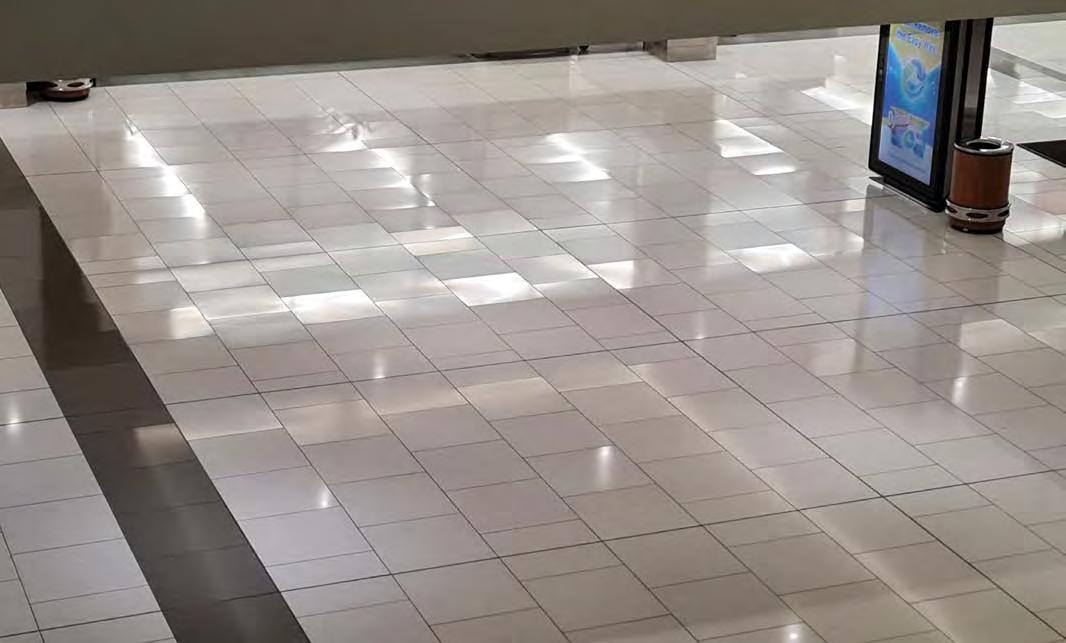
to other substrates such as crack suppression mats and applying moisture reactions to predict long term performance is speculative. These types of issues are examples of interpretation which can occur once failure has occurred, the cause of failure is unknown and new product specifications are used improperly. These issues can be avoided by the implementation of ceramic or porcelain tile in the initial specification in lieu of stone.
The use of tile adhesives from overseas countries has increased in recent years as an alternative method of achieving expected performance outcomes for reduced cost. Through changing adhesives from two part to single part and general reformulation of mixtures, it is possible to supply cheaper adhesives that are also tested by the manufacturer to be compliant with performance test methods ISO13007 Ceramic Tile Grouts and Adhesives [5] series of classifications.
Supplying and substituting adhesives that have comparable corresponding classifications such as a “C” or “S” ratings imported by third parties is inherently risky. If there is an absence of a manufacturer’s representative available to specify and provide product advice on specific applications when tile installation failures occur then it can be difficult to establish the cause.
Installing tiles into chemically aggressive environments such as commercial swimming pools can be problematic if the complete performance capability of an individual product is not known. An example of this was observed in a commercial swimming pool in Australia (see photograph 5). There was an extensive tile failure inside the Olympic sized pool which became the subject of extensive investigations to determine the cause.
The initial observations of the tile installation led to conclusions that tile failure was attributable to excess movement within the pool shell structure and insufficient movement joint installation within the pool. When the adhesive underneath the delaminated tiles was observed, strong shear forces appeared to be present. The profile of the adhesive which remained on the substrate was sharp and angular suggesting the tiles were ripped from the substrate by high pressure.
The expansion joints in the pool tiling installation were deconstructed to determine if they were providing the required relief for the tile installation to withstand the submersed environment. The expansion joints were found to be sufficient and compliant in their placement and configuration. It was assumed that the installation was failing due to excess movement in the concrete pool shell which could be exceeding the tile installation’s capability to accommodate the movement present.
There were no cracks found within the pool shell. Engineering reports established that in fact there had been only 2mm (1/16 inch) movement over the longest 50 metre (54.6 yards) length of the pool. This amount of movement is insufficient to cause the delamination
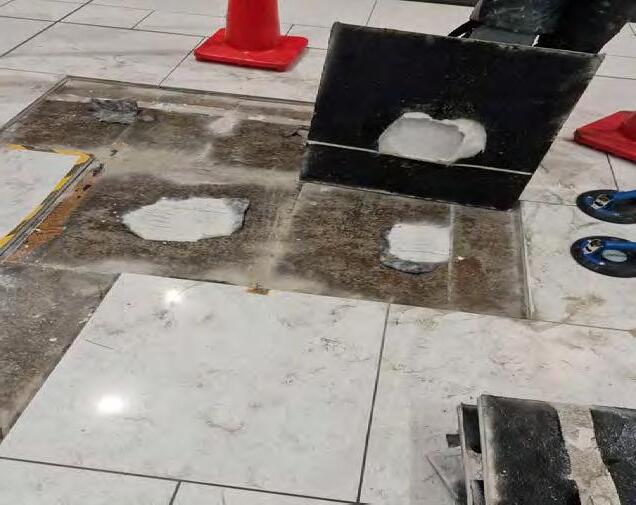
Photograph 4: Engineered stone tile installed on a crack suppression mat that curled and partially delaminated
of tiles seen within the pool. Closer examination of the installation of the tiles established the workmanship to be compliant and suitable for a commercial pool.
As the adhesive was the final outstanding component, this was examined in more detail. A simple examination that involved removing tiles and manipulating the adhesive remnants by hand demonstrated the adhesive to be of a powdery consistency and large portions could easily be ground into a powder by hand. Investigation into the adhesive used led to the conclusion seen in photograph 6.
The adhesive was not commercially available in Australia and had been imported by the contractor. The adhesive installation recommendations had been revised by the manufacturer to restrict the use in commercial pools after the completion of the failed installation. Furthermore, the adhesive was withdrawn from sale altogether in the country of manufacture sometime after.
Further destructive analysis of the pool tiling found there were two other adhesives used in smaller quantities in the pool. This indicated the contractor had substituted alternative products, as supply of the primary product had been insufficient to complete the pool tiling installation. The secondary adhesives were identified and found to be well adhered and not failing to adhere the tiles inside the pool where they had been utilised. Failure was confined to the original adhesive supplied by the contractor.
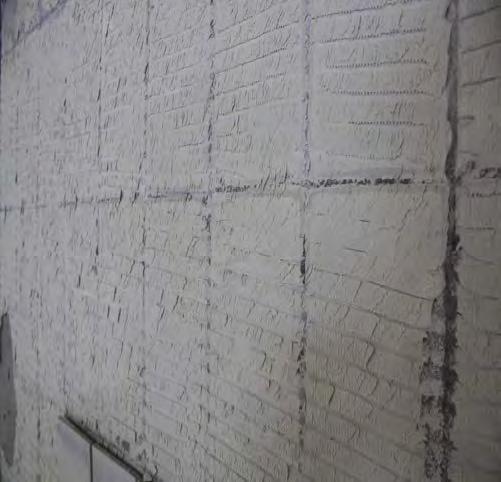
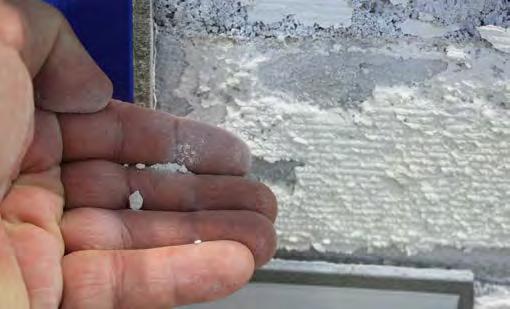
The pool operator was in receipt of the chemical maintenance and testing records to support the correct chemical water balance within the pool had been maintained. The conclusion was that the imported adhesive was degrading in the permanently submerged conditions of the pool and not able to maintain the integrity of the tile installation. There was no recourse available back to the adhesive manufacturer because it did not have a commercial presence in Australia and was not involved in the specification for the pool installation. The pool was rectified with a complete pool tiling installation system available in Australia and used on the existing pool shell. The system was performing without issue for several years post rectification and with no works required on the concrete pool shell.
This failure cost the local government several million dollars (AUD), to rectify and the community the use of a much-needed recreation facility which had only been in use for two years before it failed and rendered unusable due to the tile failure.
Overcoming modern day construction challenges is a normal part of the building process. Finding solutions needs to be a well researched and informed process. Utilising partial and incomplete systems, untested and unsupported products can be a lottery on the end performance of the tile installation. Most products are supported by test methods in which their use and performance suitability is based. If the test methods are not understood and given consideration as part of the specification process, the product selection can end up being more of a best guess than an improved specification.
Referencing test methods such as the American ANSI 118.12 [6] test for testing crack isolation membranes may eliminate the suitability of a tile substitution, such
as using a moisture sensitive stone where previously ceramic, or porcelain tile, has been specified. Gaining partial system components such as adhesives from another country without thinking about all the supporting proprietary documentation and methodology is highly speculative. Many manufacturer’s guidelines and technical notebooks reference a governmental framework such as national or European standards and have been designed in accordance with them.
Specifying products as a partial component of an installation system for highly demanding applications such as commercial floors where there are construction joints or municipal swimming pools for example, will intensify pressure on any deficiencies in the design specification. Referencing one or two lines on a data sheet as a specification is not a substitute for a fully evaluated performance review. Movement within joints can be multi-dimensional in their deflection. Taking a documented movement limit which applies to a specific plane of movement from a data sheet is not a substitute for site specific engineering detail and evaluation.
Obtaining adhesives which have corresponding ISO13007 Ceramic Tile Grouts and Adhesives [5] classifications are not a substitute for a manufacturer’s recommendation or approval, and not an indicator of long-term suitability for a fully submersed tile installation.
Many failures such as those outlined in this paper resulted in costs for rectification, down time and inconvenience of millions of dollars which far outweigh the problems which the designer/s were attempting to overcome in the original construction specification. Failures within municipal pool complexes can have political and community impacts when protracted legal battles are conducted to recover costs. The requirements for a rapid rectification to place a facility back in service may mean cost are not recovered at all and eventually passed on to communities to fund. Asking a community to fund a secondary tile installation is likely to be controversial with potential serious consequences for installers, project managers and flow through to the political level.
Designers, contractors, and specifiers are obligated to make fully informed decisions on substitution and hybrid design choices. Attempting to specify a product
which is not represented locally by a manufacturer and is merely imported based on minor consultation or information found within data sheets should be avoided. Product manufacturers have access to in house testing and product formulation that inform the specification of each component. In addition to the inhouse manufacturer’s knowledge, many countries have limited or no access to the testing equipment which is referenced on the data sheets for the products being specified. Using products and systems that are not available in Australia and New Zealand for example, based on US ANSI test methods can be problematic when tests facilities are not available to verify performance of other system components.
Substitution and specifying an adhesive for use in applications such as a commercial pool based on a different country’s standard and omitting significant components is not a decision most contractors and architects have qualifications or product background knowledge to override and implement. When a failure has occurred, it is difficult to rule out the impact of missing or altered elements when a partial system has been installed. There are usually no alternative sitespecific recommendations, engineering report/detail to verify and support the change made.
Seeking out new and advanced building solutions is the natural way forward for raising the standard of construction of modern building practice. Each country will push ahead to build better performing and more aesthetically pleasing construction projects. The crucial aspect to the developmental curve is to maintain longevity and performance in the long term for tiling installations.
Specifying and substituting alternative products and methods has risks that must be assessed when treading into new frontiers of tile installations. To help safeguard against problems when implementing new installation systems, the following steps will assist in strengthening safeguards:
1. The complete proposed installation system should be researched, and specific advice obtained from the country of specification. Gaining a single or partial portion of the installation system should be verified for suitability by the manufacturer.
2. Test methods that are referenced on data sheets and supporting product documentation should be evaluated to consider the role they play in limiting and defining the performance of the tile installation system. The test methods will ideally outline limitations for elements which a designer may have selected. Crack suppression membranes, substitution of porcelain and ceramic tile and the types of movement joints are examples of items that will impact suitability of individual installation elements.
3. Use Inspection Test Plans (ITPs) during construction to document the process and product implementation. ITPs help ensure the correct methodology was
followed, and no unauthorised product substitutions occurred. Proper documentation includes delivery dockets, photos of the installation process, and measurements of relevant elements.
4. Exercise caution when substituting products simply based on availability, as this carries a risk. Solely relying on ISO13007 Ceramic Tile Grouts and Adhesives [5] ratings to judge adhesive performance and suitability. Components with the same rating may not be equivalent or interchangeable across different manufacturers and individual installations. Consult relevant suppliers and installation system manufacturers before making significant changes to specifications. ISO13007 Ceramic Tile Grouts and Adhesives [5] ratings are not indicators of equivalent interchangeable products.
Substituting tile adhesives should not be implemented without extensive consultation with the relevant suppliers of both the tile and installation system manufacturer. Site based engineers should be consulted to obtain a full and complete suite of information upon which to base the installation design upon. n
Note:
Specific details of items within this paper are withheld to prevent association with specific location and construction failures. This paper is not suitable for use as a project specific interpretive guide or assessment of any similar projects that may bear resemblance to the issues outlined within it. This paper is not to be relied upon to support legal proceedings relating to similar construction works or as a record of any specific previous works.
[1] So-Pro Pool installation Technical Guide 10th Edition.
[2] NAC Product Data Sheet-ECB 75 2020.
[3] Mapeguard 2 Product Data sheet, version Oct 10-2017.
[4] DIN 18535 Waterproofing of tanks and pools - Part 1: Requirements and principles for design and execution.2015
[5] International Standards Organisations ISO13007 Ceramic Tile Grouts and Adhesives.
[6] American National Standards Specifications for the Installation of Ceramic Tile A118-12 Crack Isolation Membranes for Thin-Set Ceramic Tile Dimension Stone Installation.
[7] BS EN 14617-12:2012-Agglomeratted Stone-Test methods, Part 12 Determination of dimensional stability.
About the author
Tim Christopher is principal at Consultile Consulting Australia. Tim is a current member of the Technical Committee on both the Australian Standards AS3958 (Guide to Ceramic Tiling) and Australian Standards AS3740 (Waterproofing). He also serves as the vice president of TTIAA (Tiles and Tiling Industry Association of Australia) and is a technical advisor for TANZ (Tilers Association of New Zealand). He can be contacted via email: consultileaus@gmail.com. For more information about Consultile, please go to the website: https://www.consultile.com.au
• Everthing you need to know about tiles and tiling
• Free to all members
• Available 24 hours a day, 7 days a week, 52 weeks a year
• Two courses available
• Suitable for anyone with a need or desire to understand tiles and tiling
• An extremley valuable training tool for new industry entrants
• Great refresher for existing employees
• Course certificate issued on completion of each course

Understanding Tiles and Tiling Training Course
Course content
• Tile selection
• Tile dimensions and appearance
• Tile characteristics
• Tile joints
• Tile lippage and surface flatness
• Care and maintenance
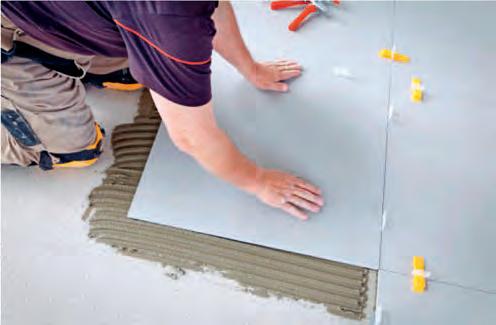
Understanding Tiles and Tiling Advanced Training Course
Course content
• Tile installation
• Tile grouting and movement joints
• Gradient falls in wet area floors
• Waterproofing
• Slip resistance
• Problem solving
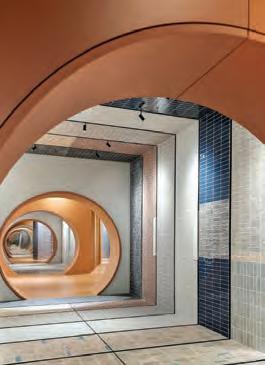
If you missed a number of stories that were featured in Tile Today’s recent e-newsletters, here is an overview on a few of them and some useful links that will take you directly to the story page.
Cureflex® SLR2000 membrane
Cureflex SLR2000 waterproof membrane made by Demtech is a class III membrane that complies with the AS/NZS 4858:2004 and exceeds the AS3740 requirements set out under “Waterproofing Wet Areas in Residential Buildings” codes.
https://tiletoday.au/articleGeneral/2025-11-1742413929601-002/general
Top tile trends: Coverings 2025
The selection of tile trends for 2025 by Coverings acknowledges the appeal of ceramic tile in a wide range of applications. It has curated what it believes will be main global design trends for the next 12 months.
https://tiletoday.au/articleGeneral/2025-11-1742413929601-003/general
RAK Ceramics turns to smart manufacturing
RAK Ceramics is led by Abdallah Massaad as group CEO. He explained that the ceramics maker is embracing smart manufacturing to transform the sustainability, efficiency and customisability of its products.
https://tiletoday.au/articleGeneral/2025-11-1742413929602-004/general
Emerging trends for tiles are something of a grab-bag of the past and present. Builtin tiled bathtubs may make a comeback, as perhaps will green-biophilia. But tiles on kitchen floors may be out for now.
https://tiletoday.au/articleGeneral/2025-11-1742413929602-005/general
The 3701 Fortified Mortar Bed from Laticrete does not require the use of latex admixture, and tilers only need to mix with water to produce mortars with superior compressive strength and especially suitable for extra heavy-duty streetscape installations.
https://tiletoday.au/articleGeneral/2025-22-1749063318732-001/general
Many waterproofers in Australia get steady jobs, but they know they could be doing more. The problem? Standing out. Today’s market isn’t just about offering the lowest quote, it’s about proving you’re the best-qualified professional for the job. That’s where GAPP comes in.
https://tiletoday.au/articleGeneral/2025-23-1749670872186-001/general

At Tile Today Digital, we constantly look for the information the tile industry needs — from the latest ABS stats, to product releases, new trends in design, and building requirements. We also highlight the people who make the tile industry what it is.
We publish that information on our website, at tiletodaydigital.com.au . Once a fortnight, we package up links to the most important articles, and send those to you in an e-newsletter.
It’s that simple.
